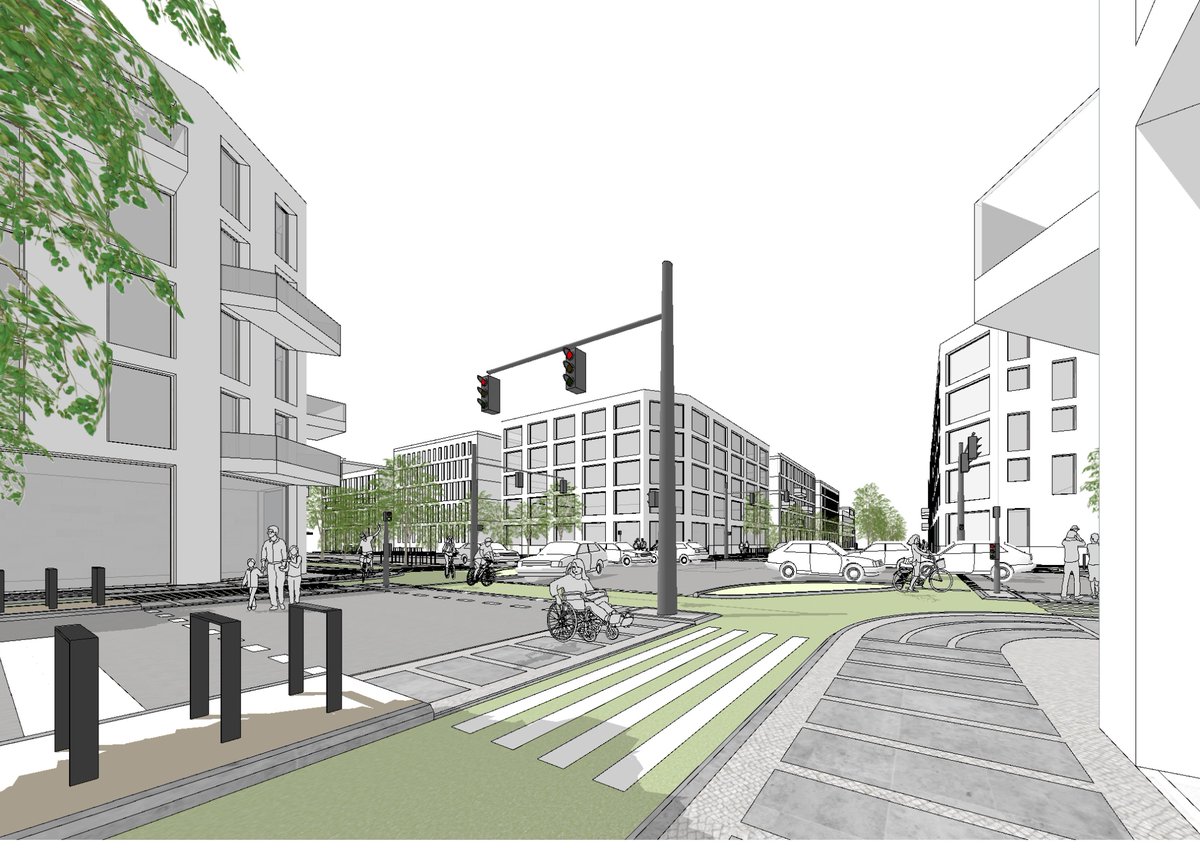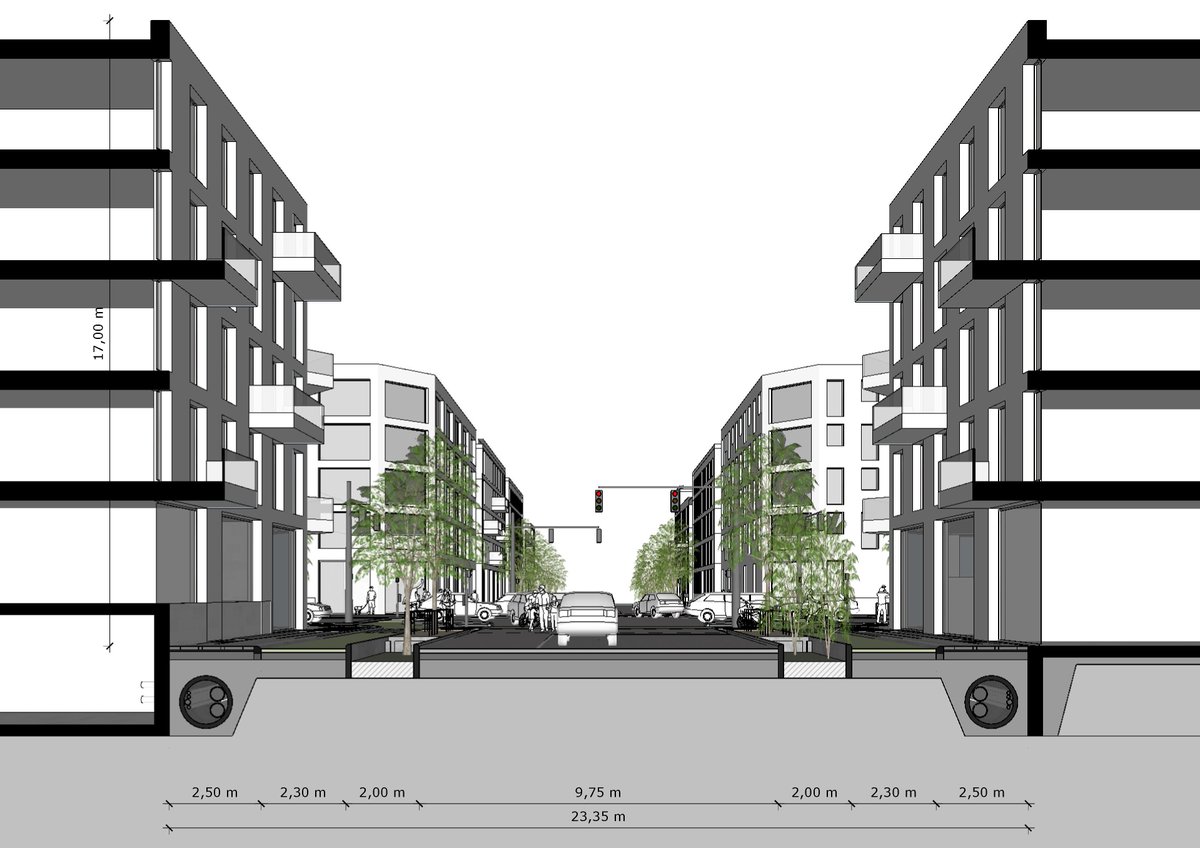A personal view on how cities should react on #ClimateChange and #heatisland effect.
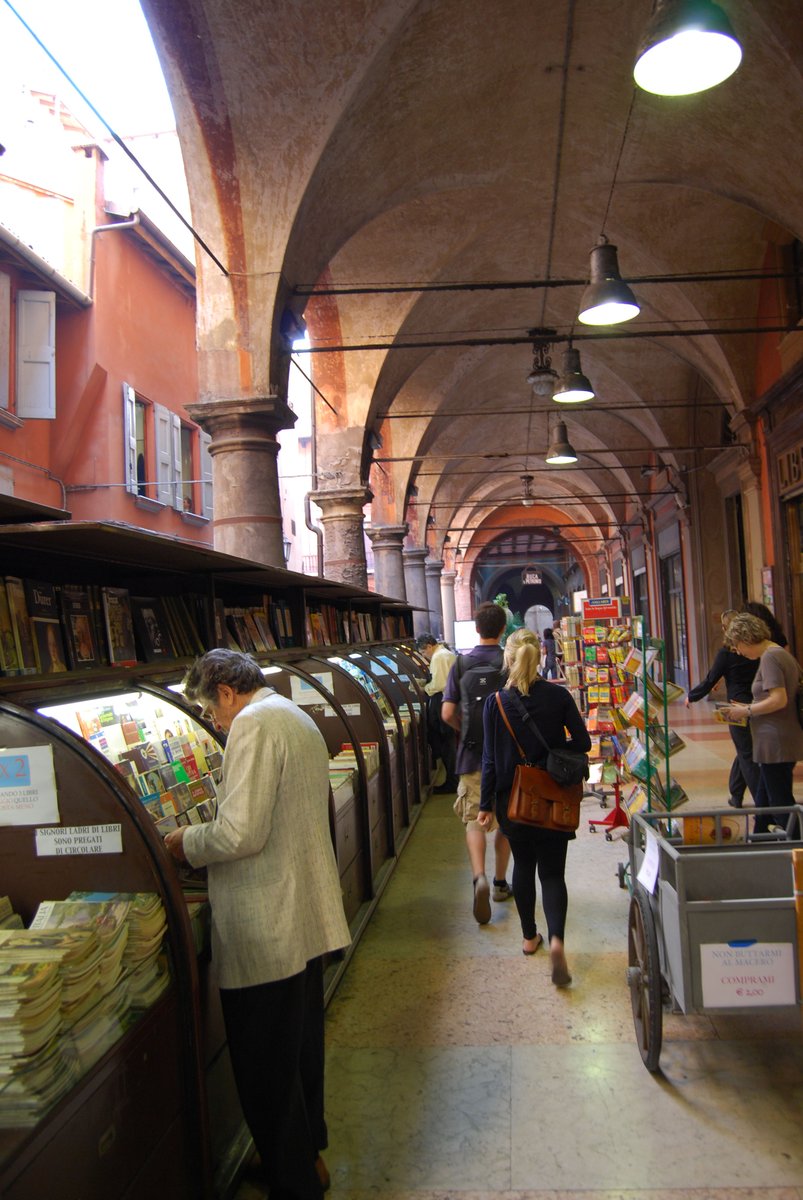
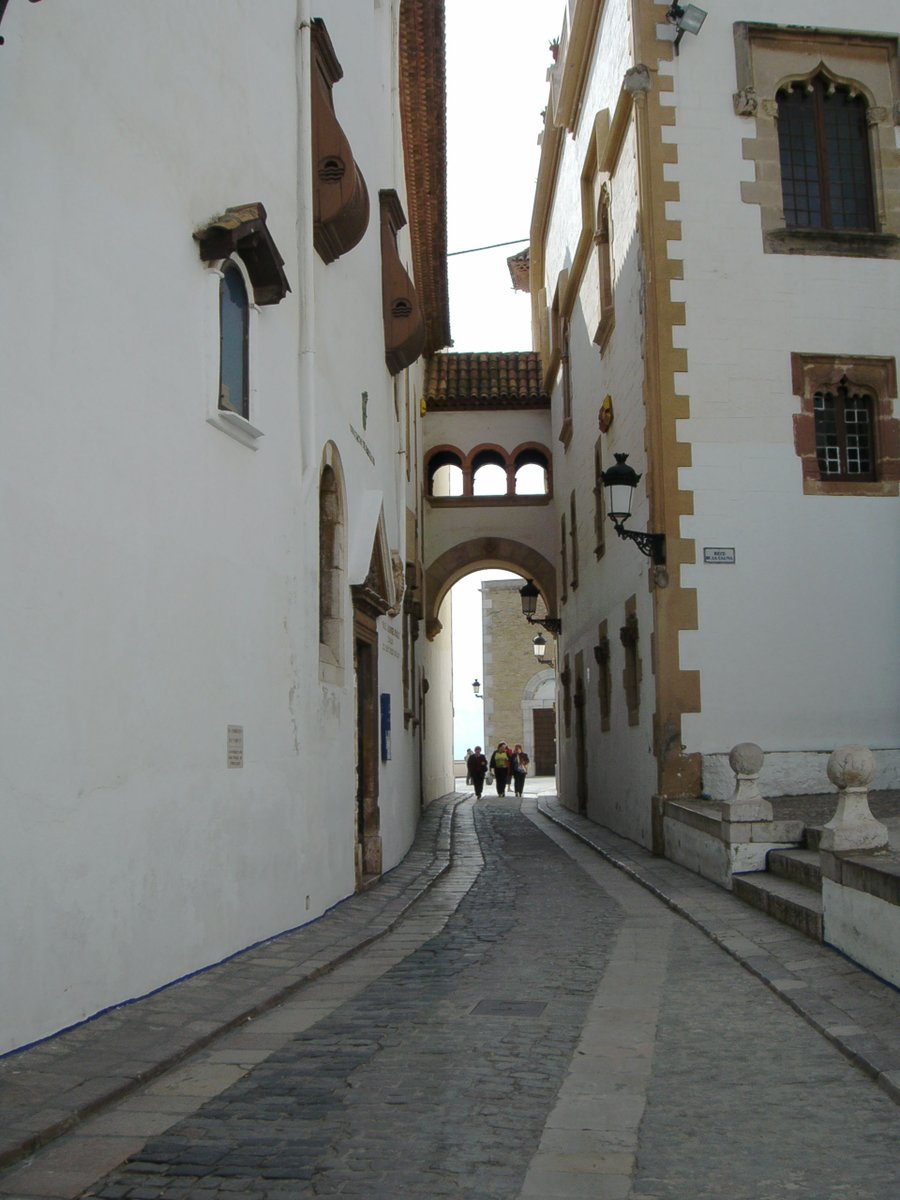
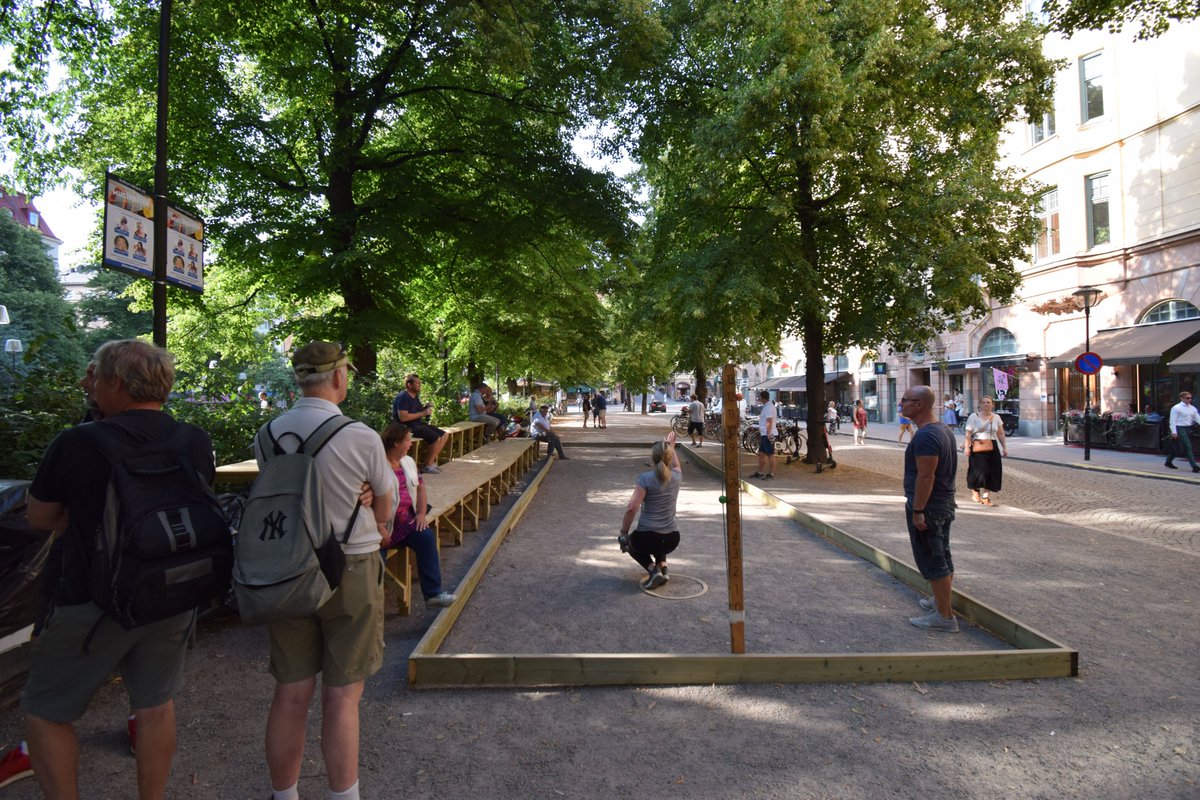
Most important is proportion. The hotter the climate the narrower the streets are. There are reasons why streets around the mediterranean are narrower than they are typically in germany.
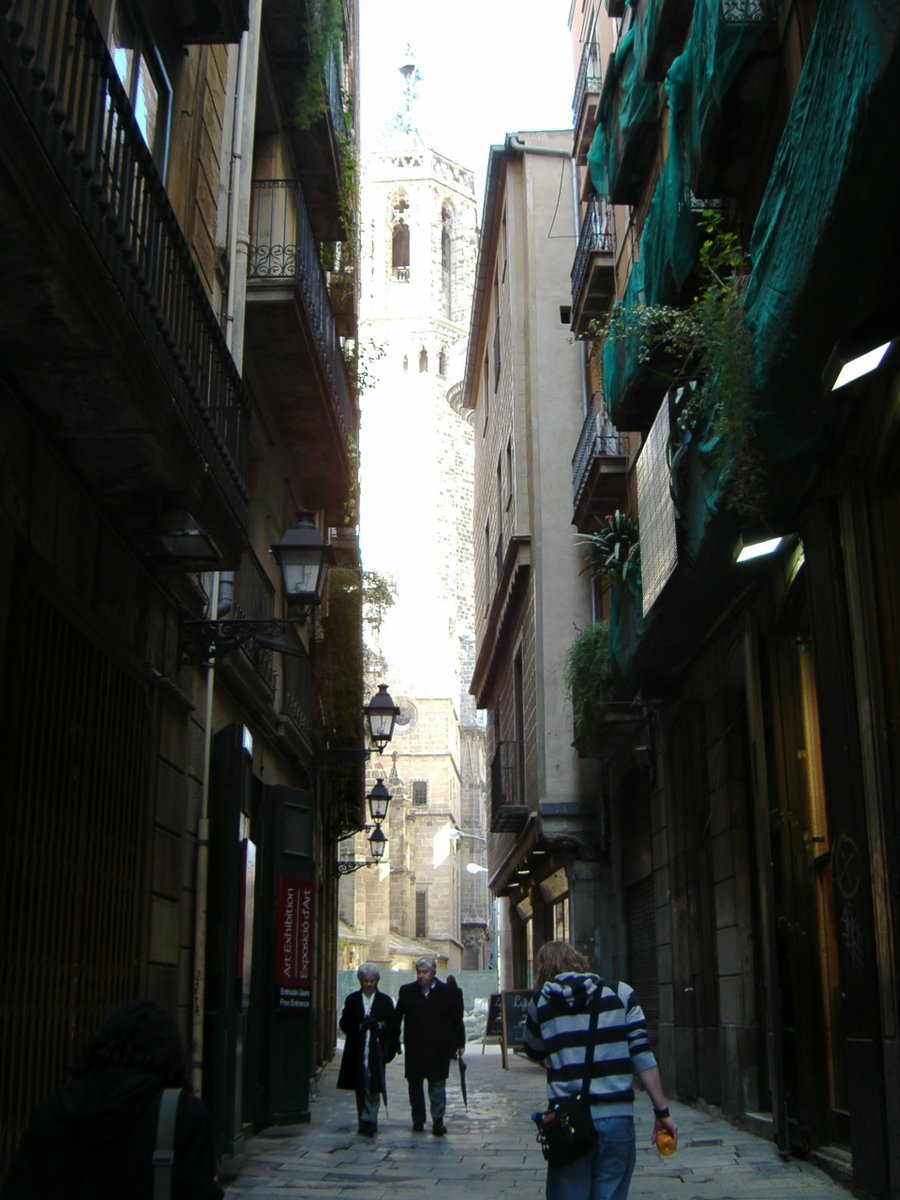
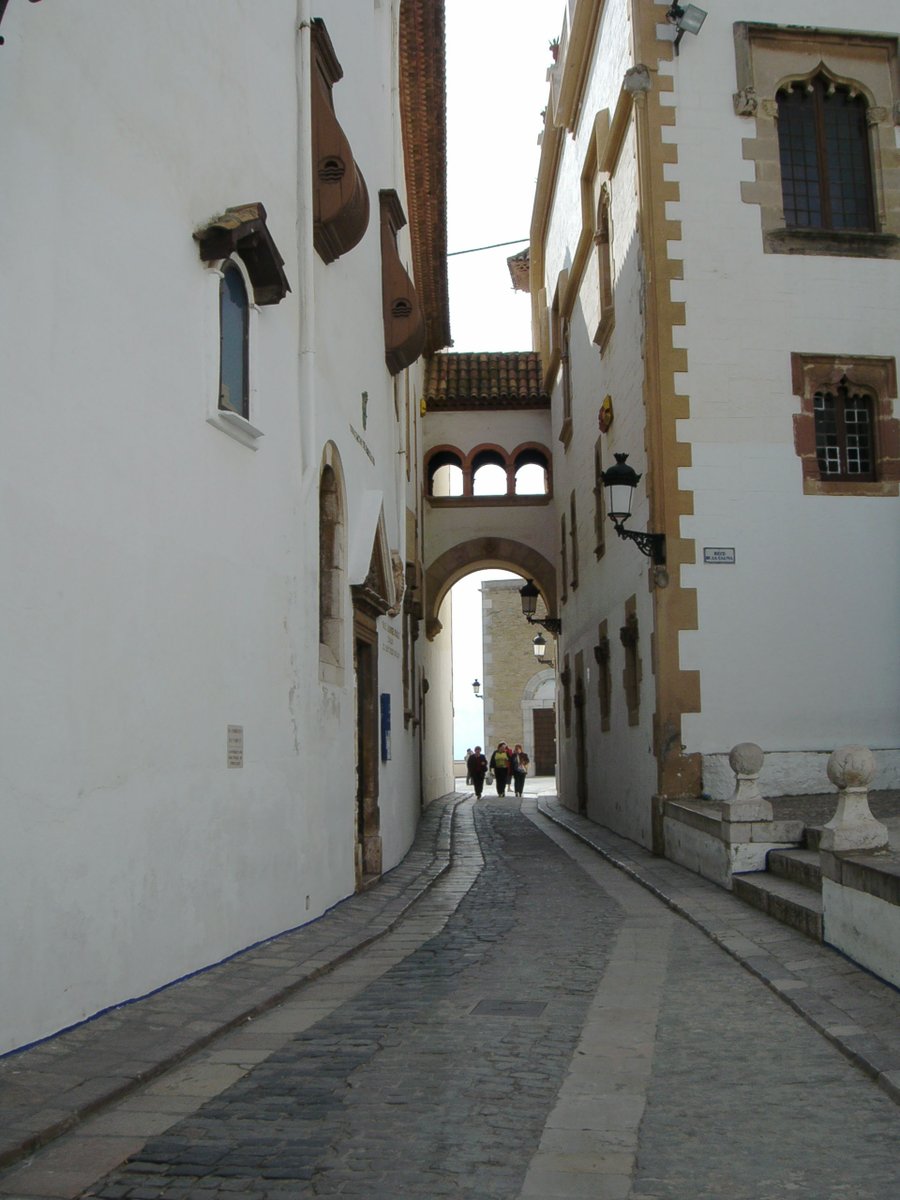
An inner courtyard may suck used air up like a chimney. Horizontal ventilation leads to bigger spacing between buildings and therefore less shading. Vertical ventilation is mostly forgott and underrated. It may work without energy. Combine with #water.
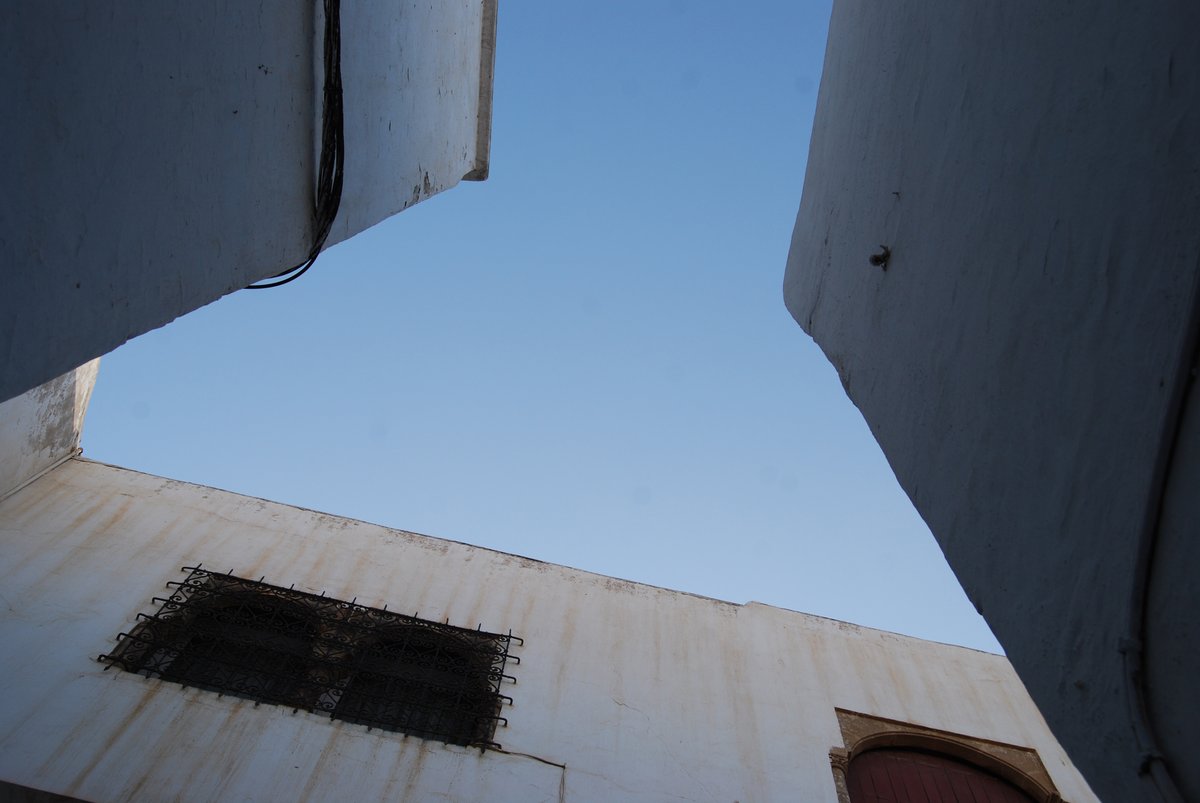
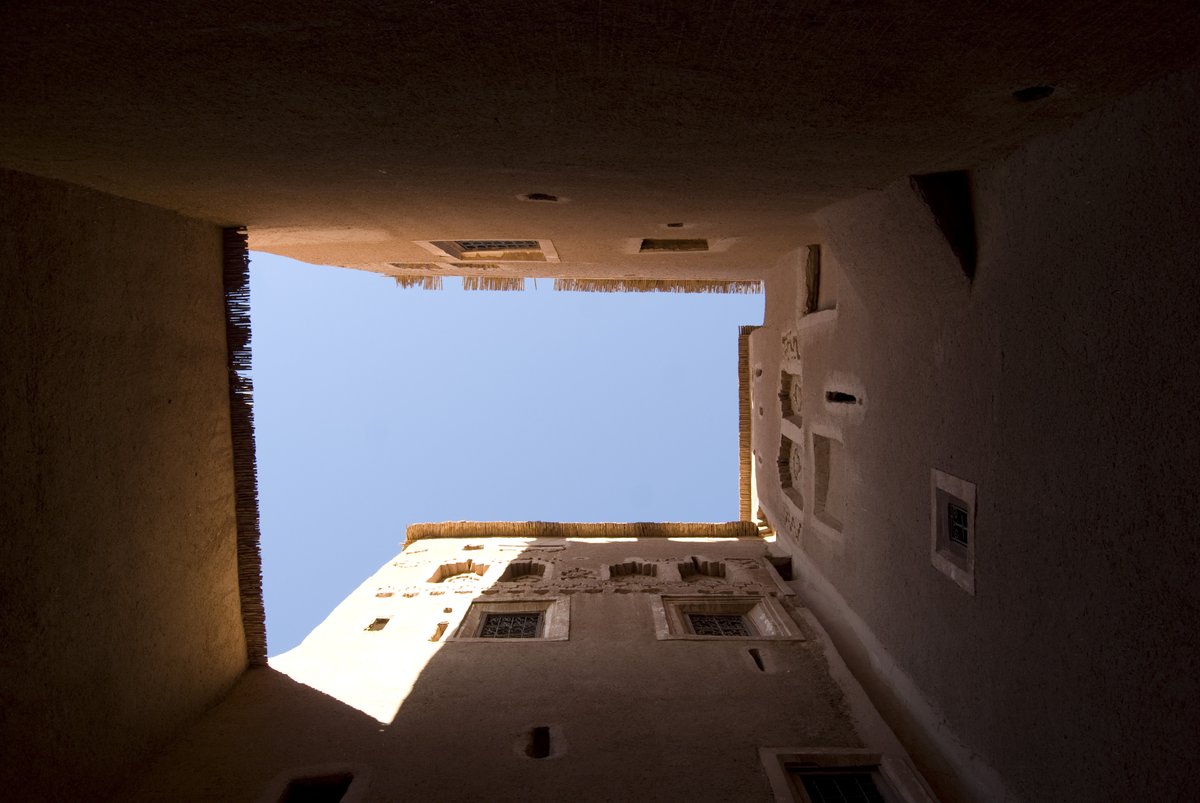
Dont set back buildings, just set back the rooms inside and create deep facades with intermediate spaces. Balconies, loggias and #BrisseSoleil provide shading and work best when oriented south*.
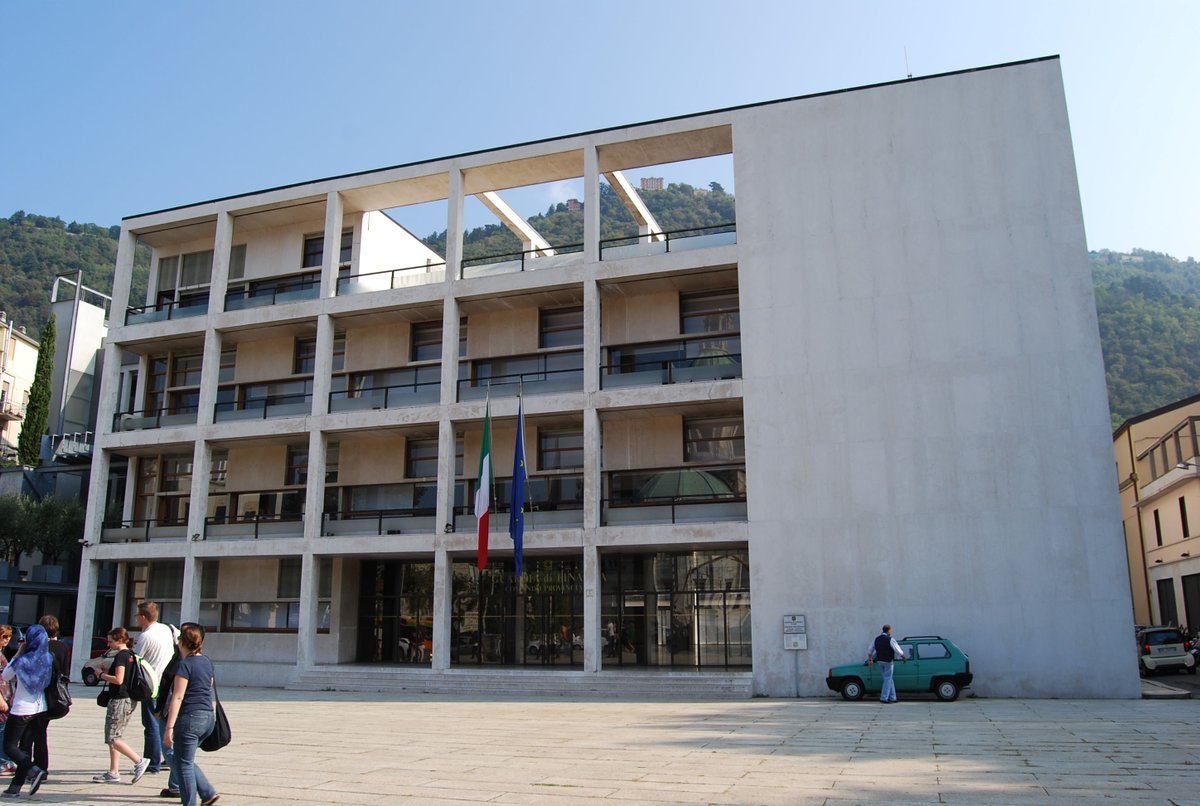
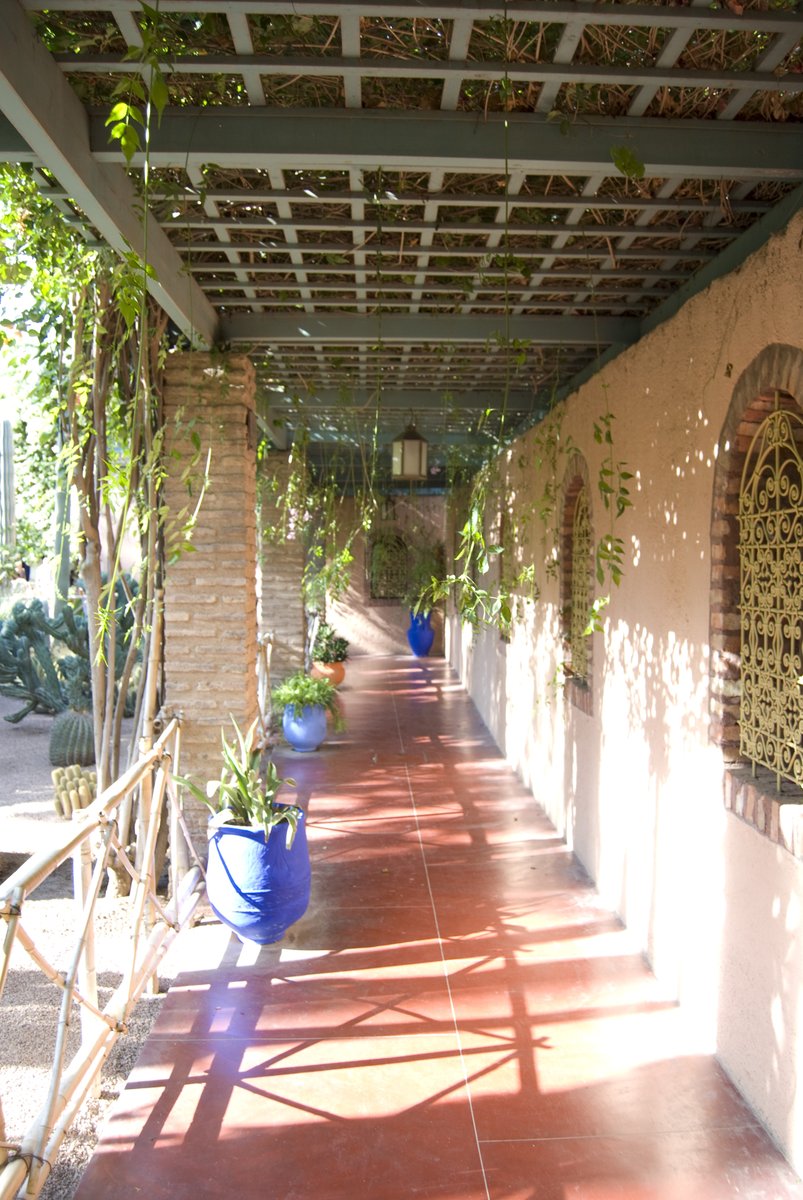
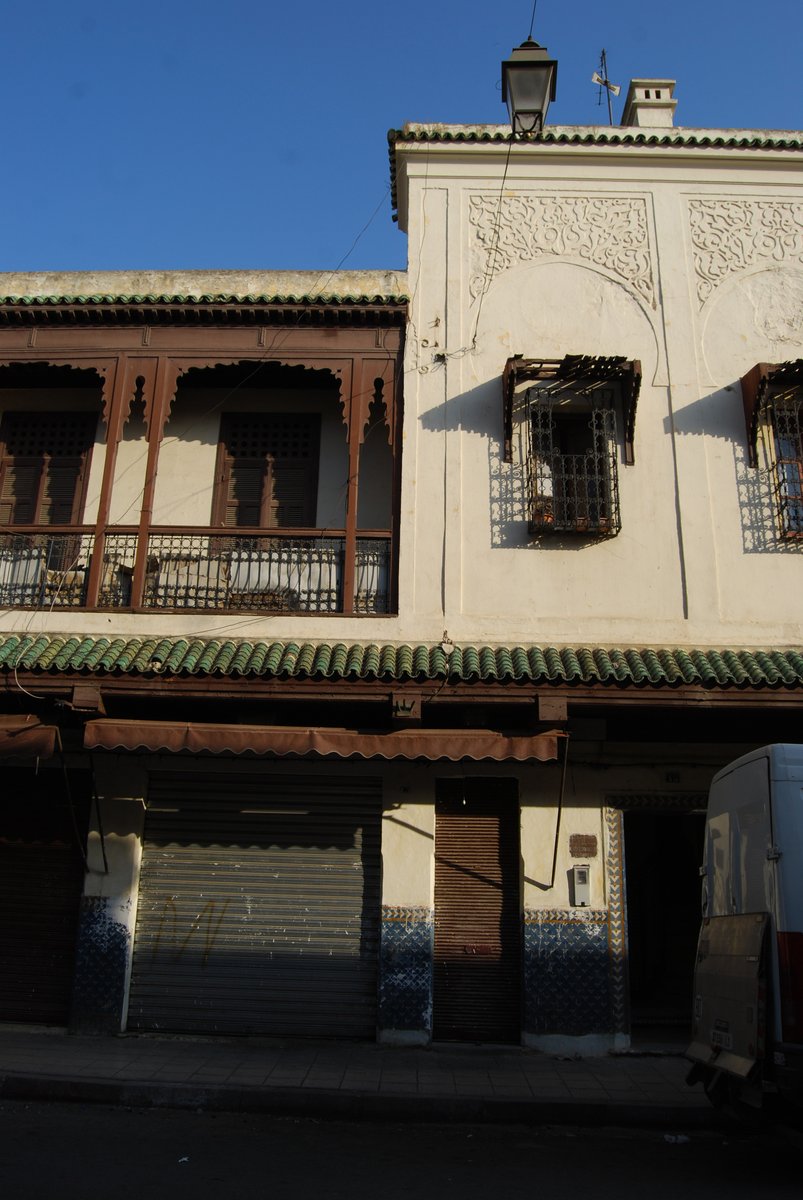
Arcades and Colonnades are setbacks on street level and protect the walkway from weather. They can be used to walk or as a covered place for retail, gathering or outddor dining.
They can be enclosed of neccessary too.
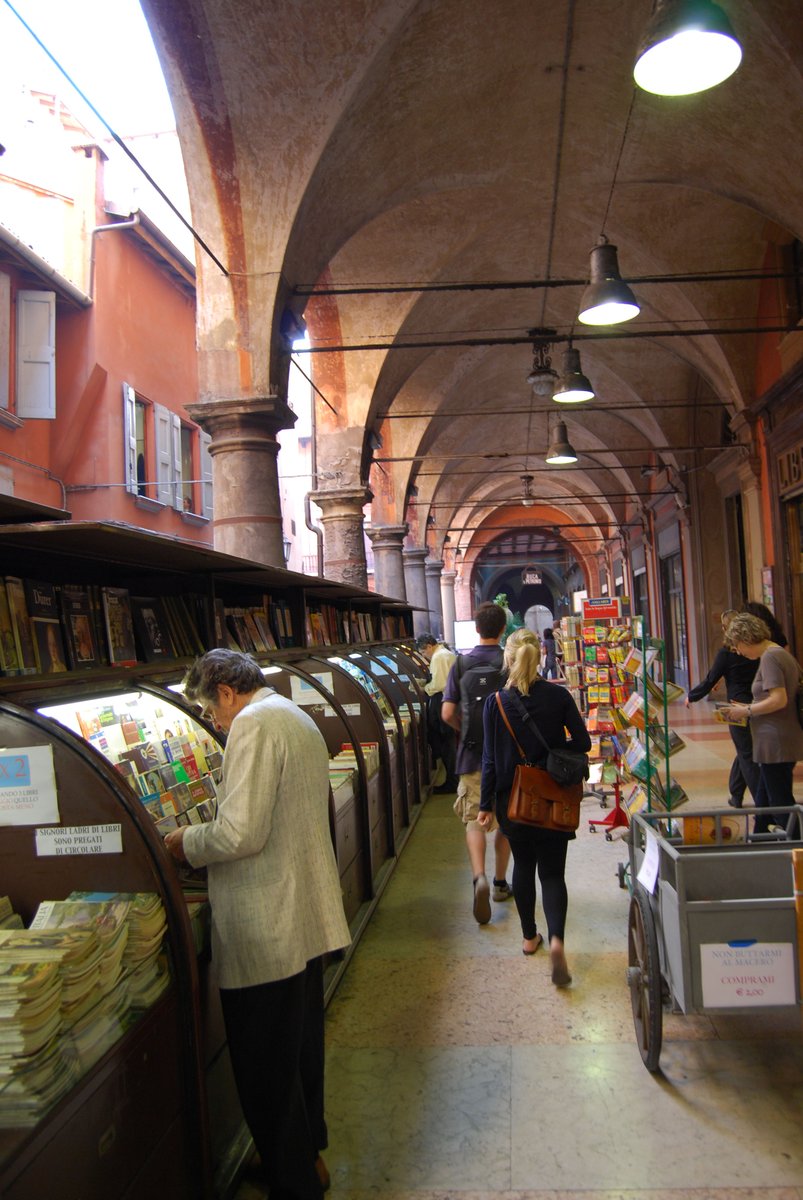
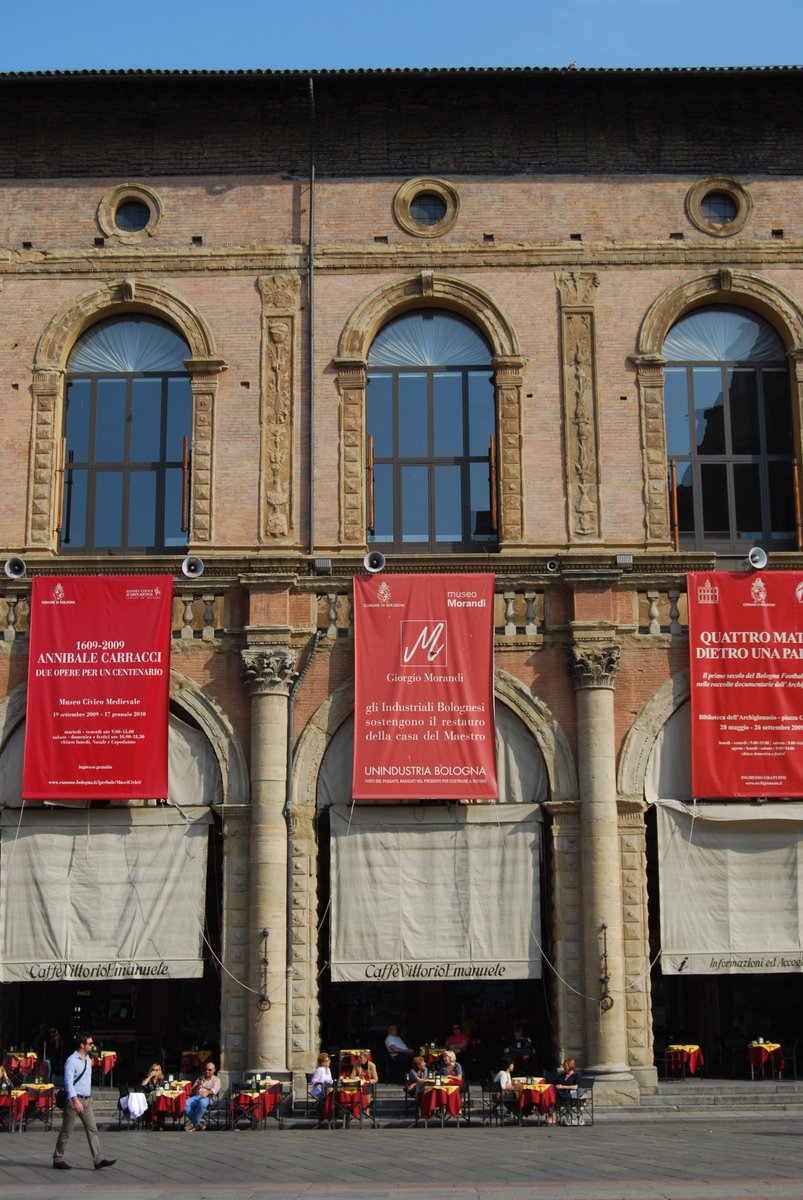
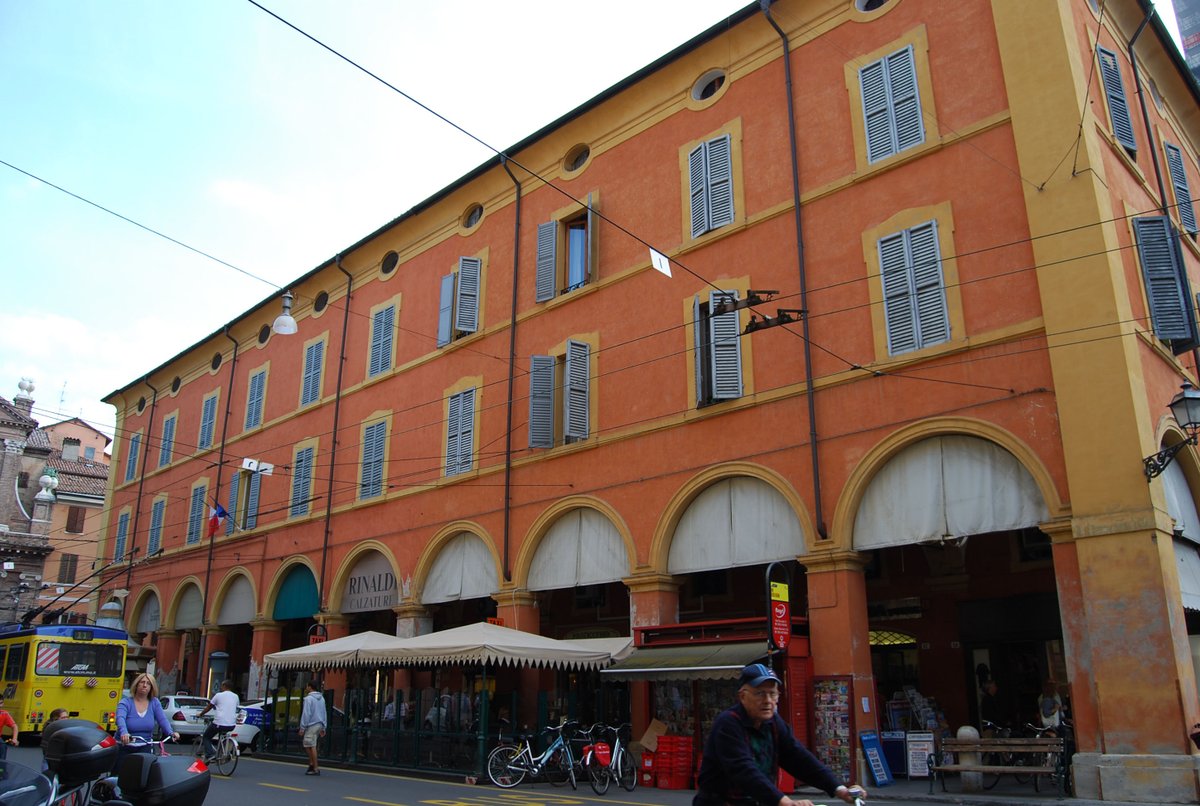
For living rooms it is good to have a variety on shading options. A simple on/off-solution won't be enough in many cases when you want lighting but not heat. "French Windows" are especially complex and usefull if done right.
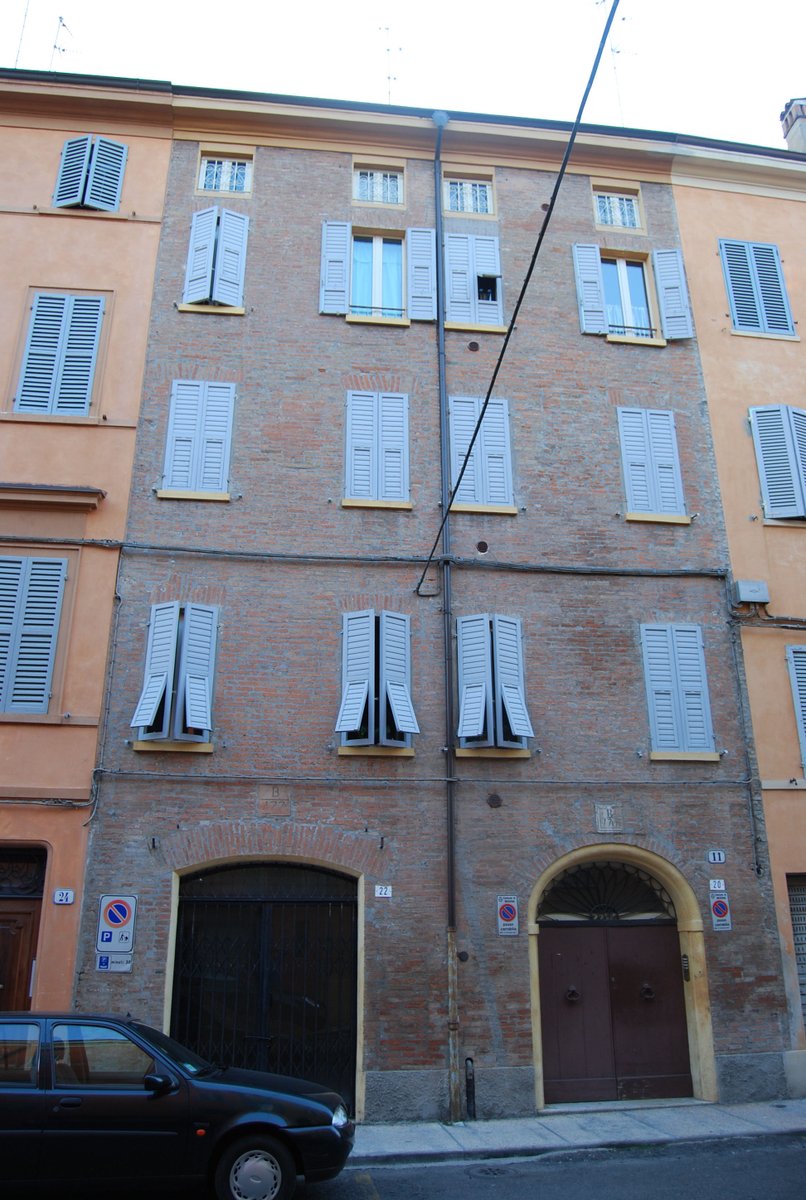
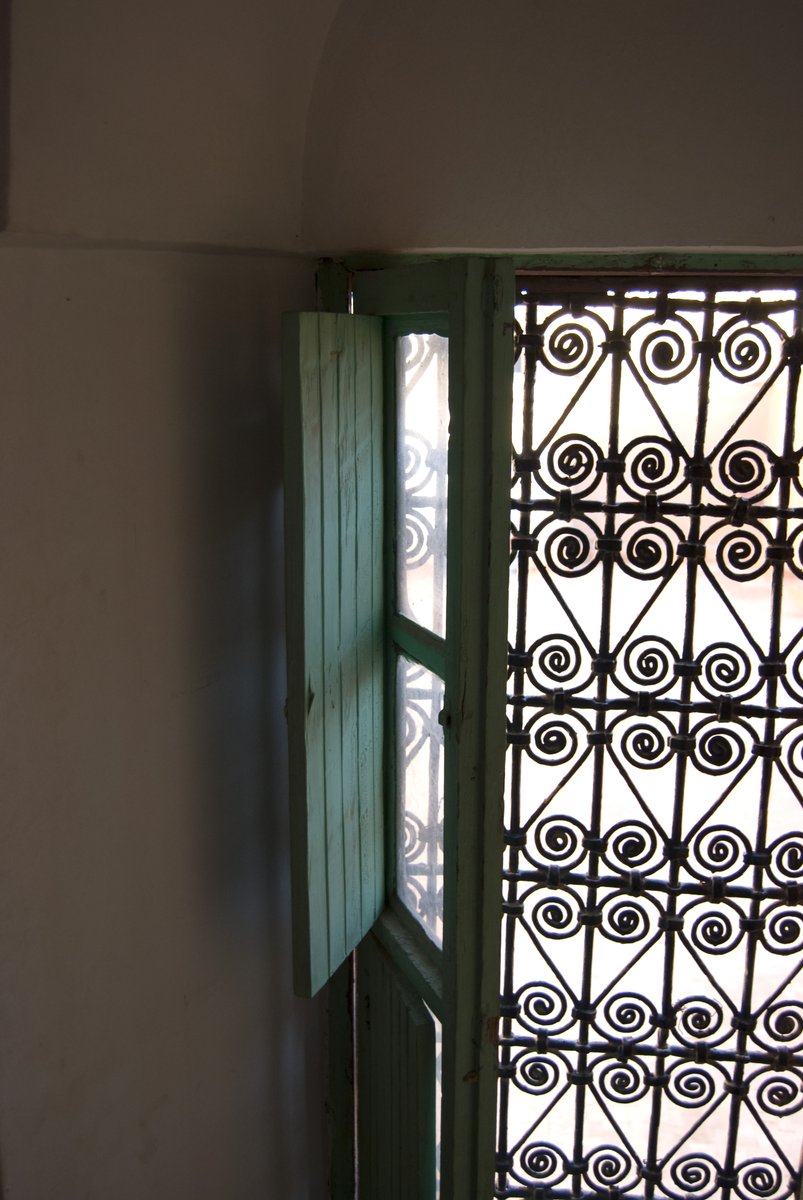
I'm not a fan of these all-green-facades but i admit that some greenery adds to the aesthetics and climate of a building. I like wine or a green balcony.
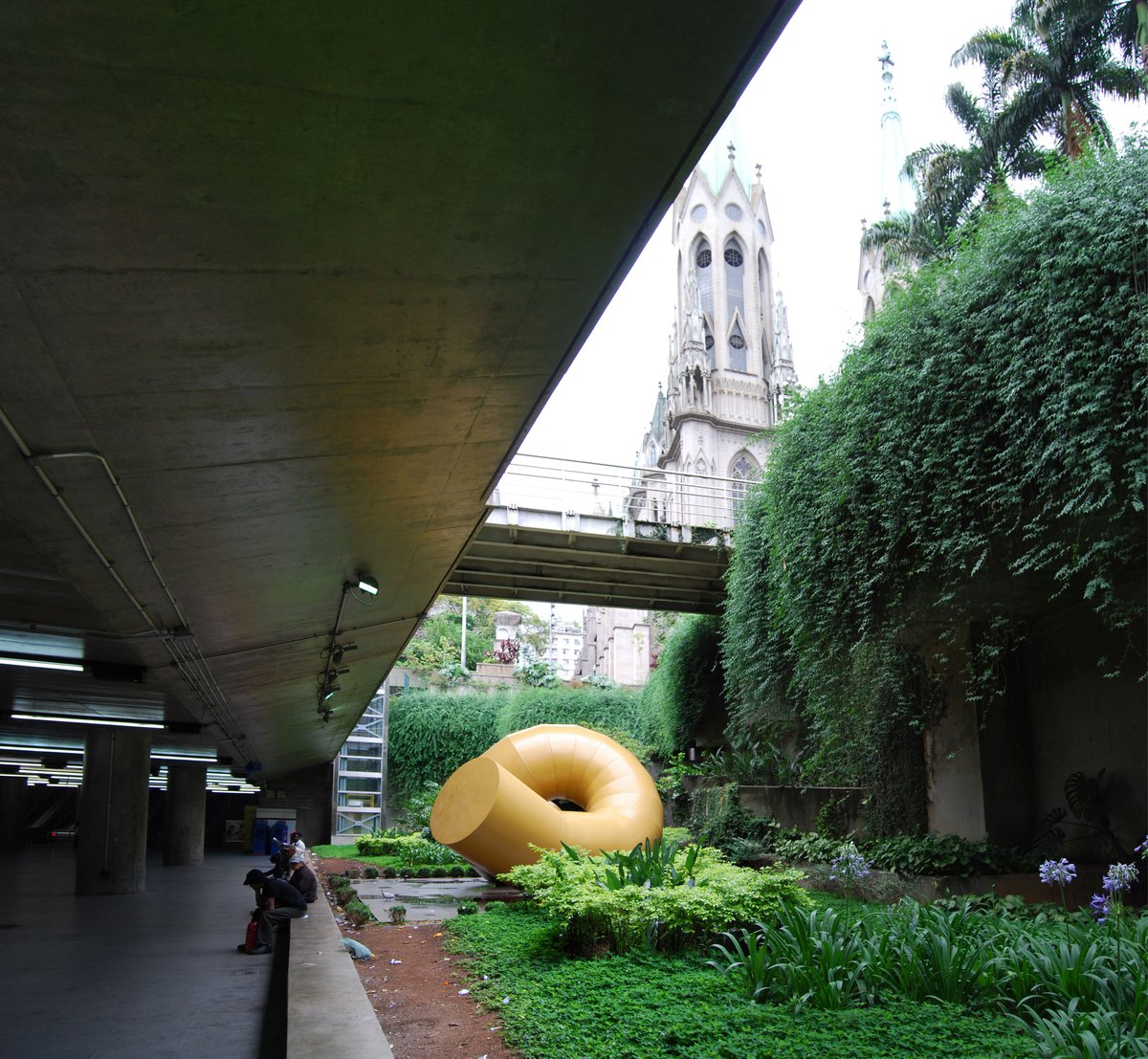
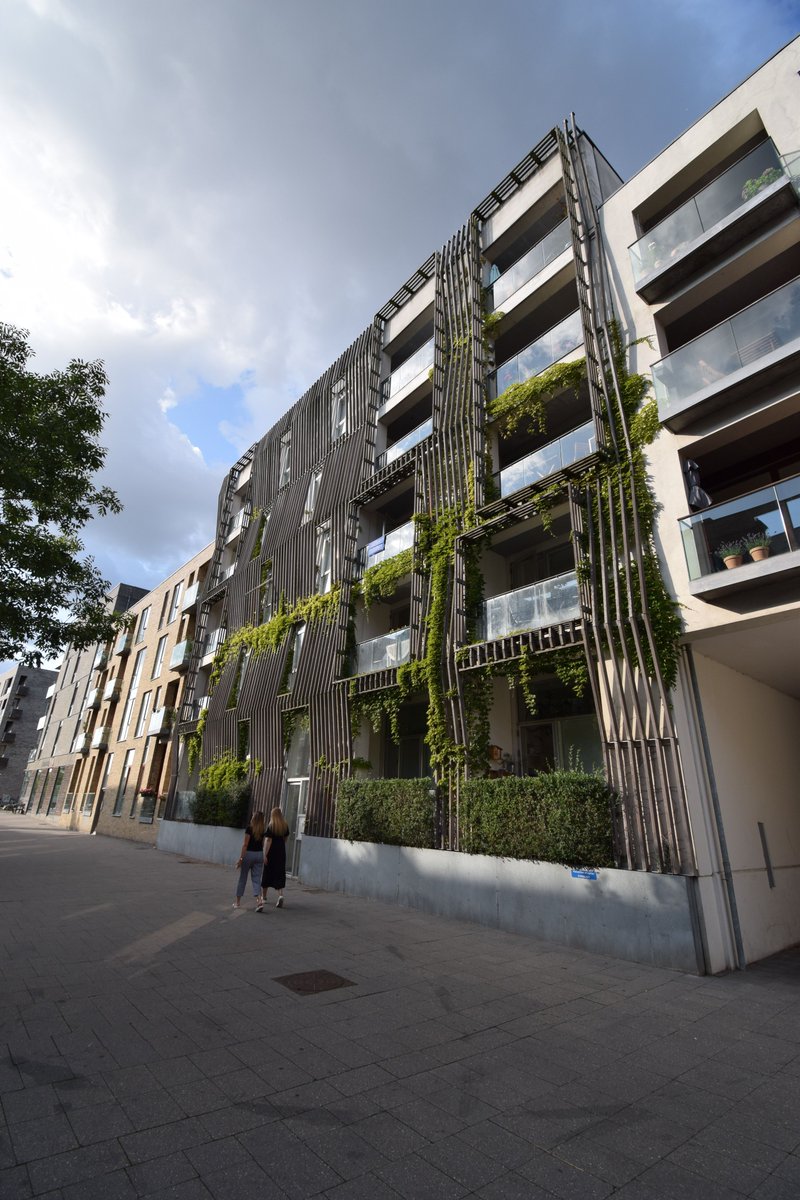
The obvious solution for already built areas is: Trees. They cool by evaporating water and giving shade. Be cautious at creating closed canopys. They may hold back hot and polluted air at night.
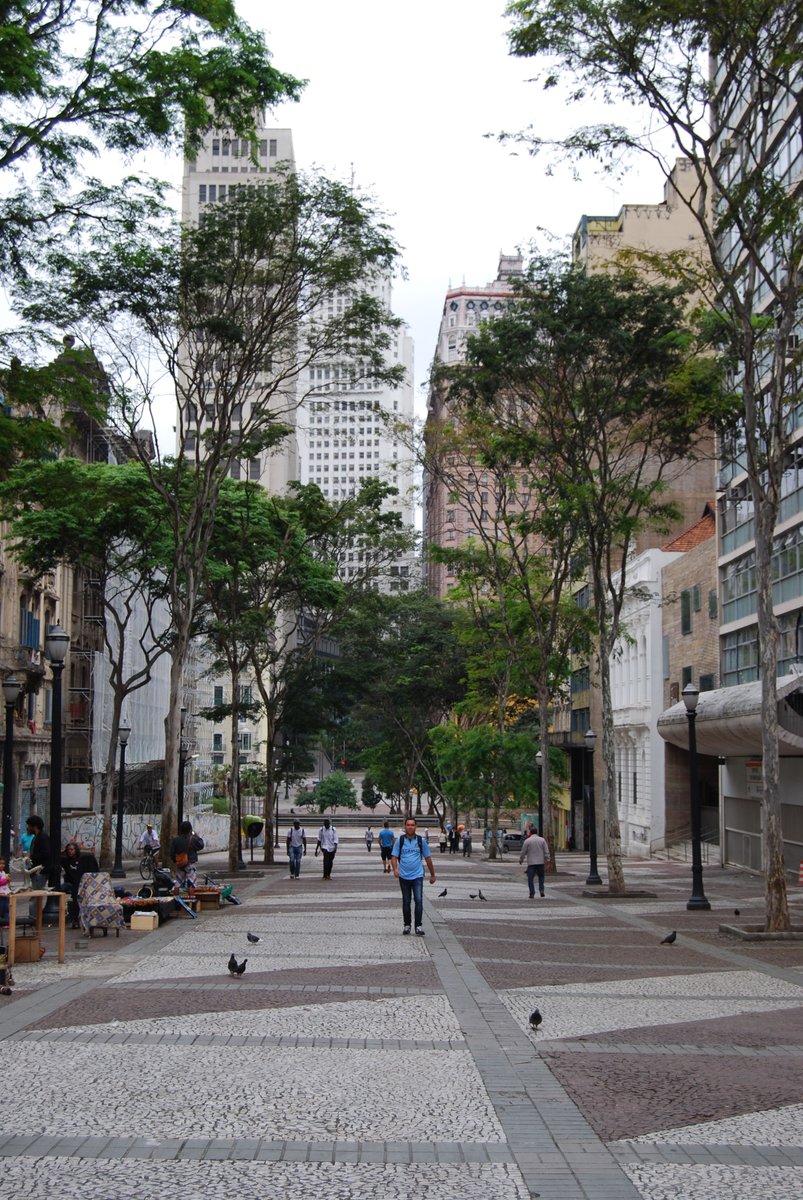
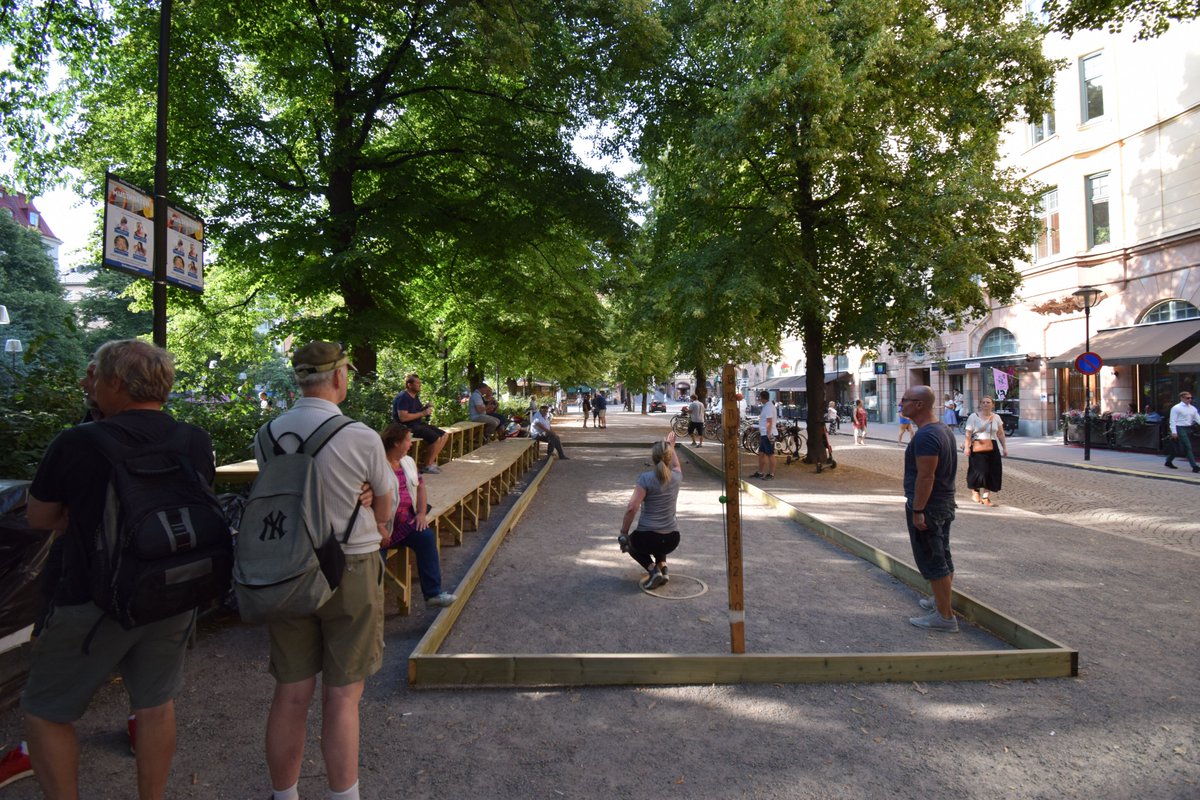
When water becomes a scarce resource, try to hold back as much as possible. Create greenspaces that act as reservoirs and feed your trees.
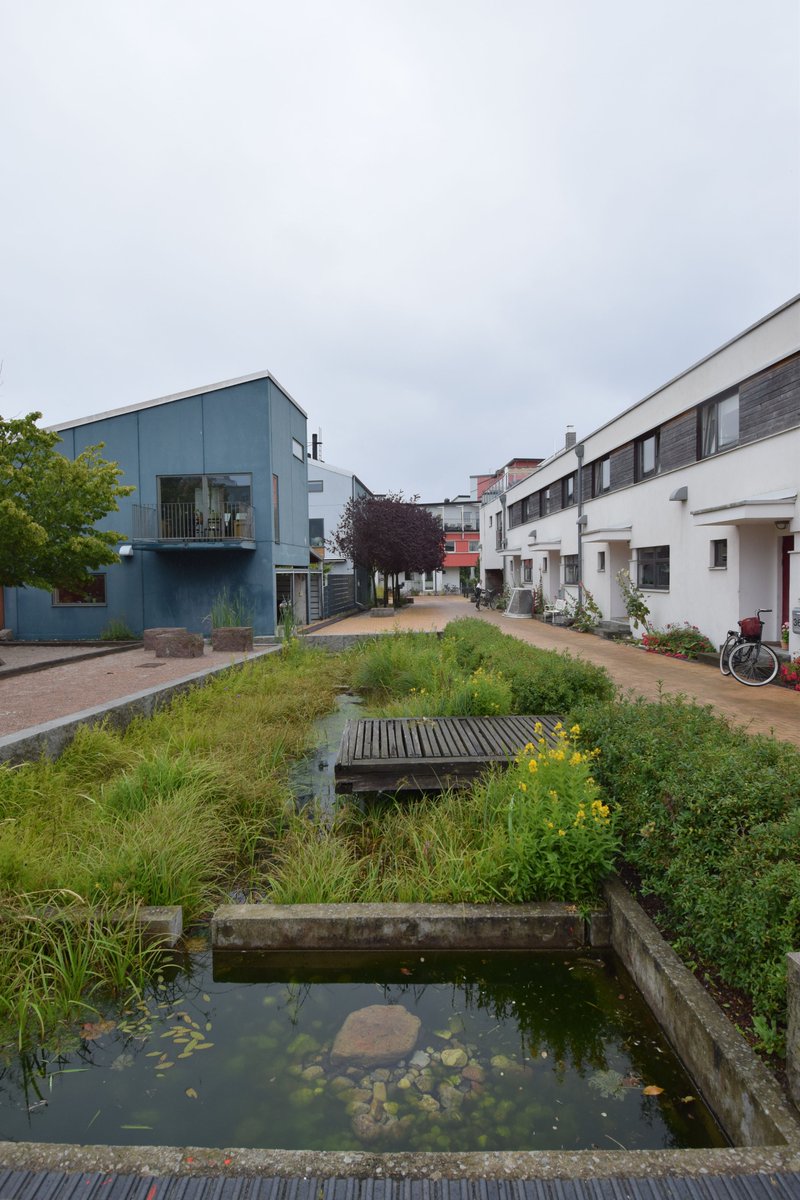
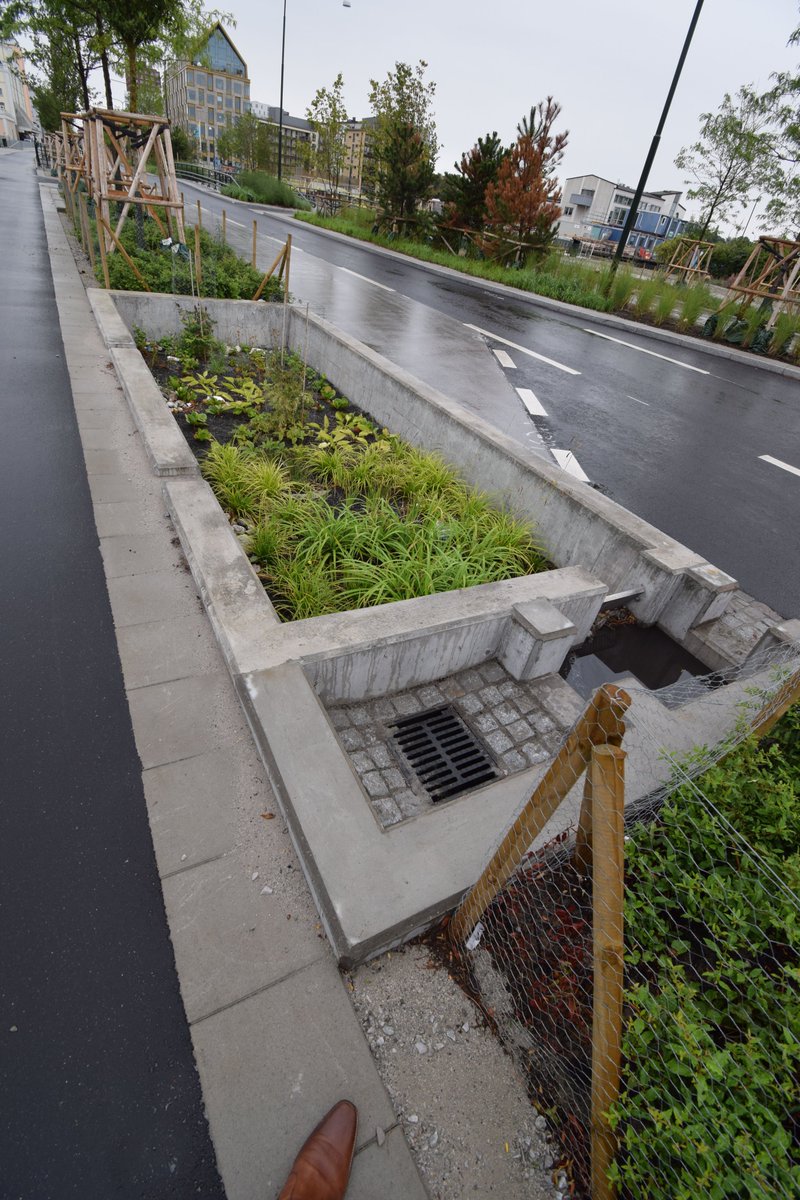
Water is a good coolant in arid climate. Make water as abundand as possible. It's best if kids can use it to play or when it's drinkable.
If the weather is too humid, water can make everyting worse. Evaporation an water temperature should be low then.
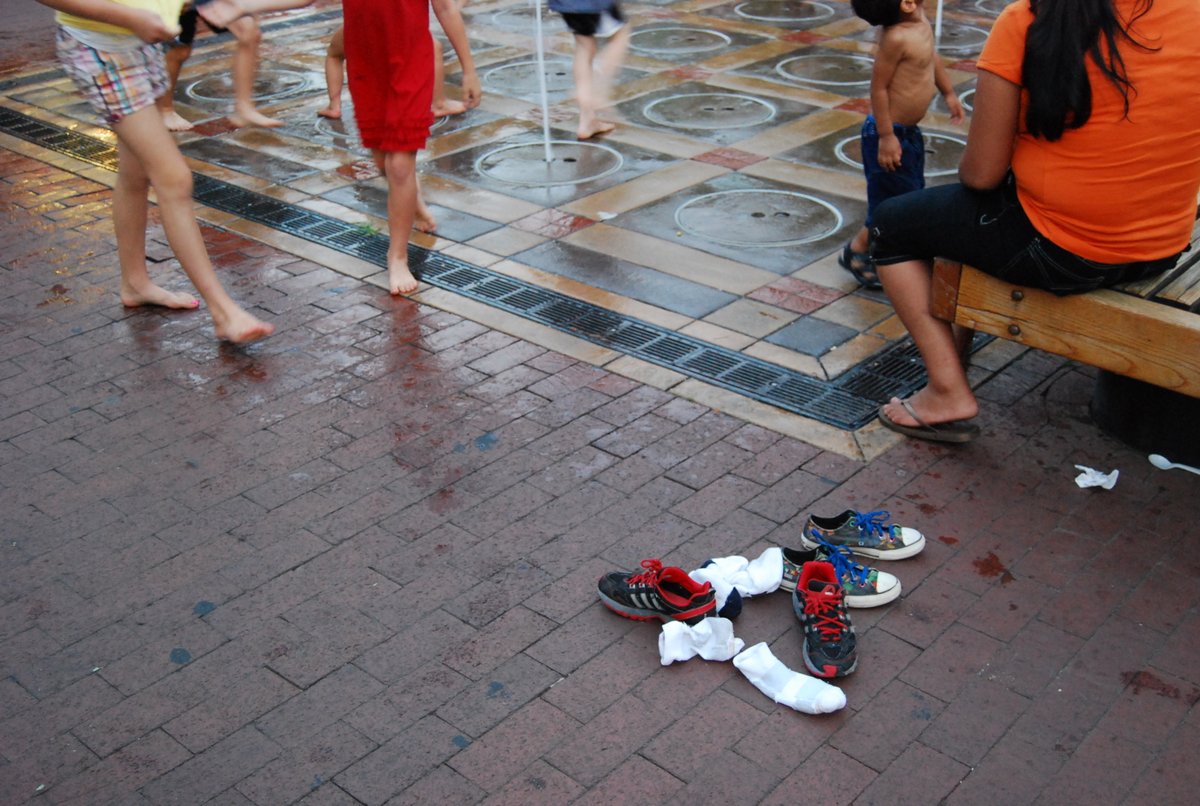
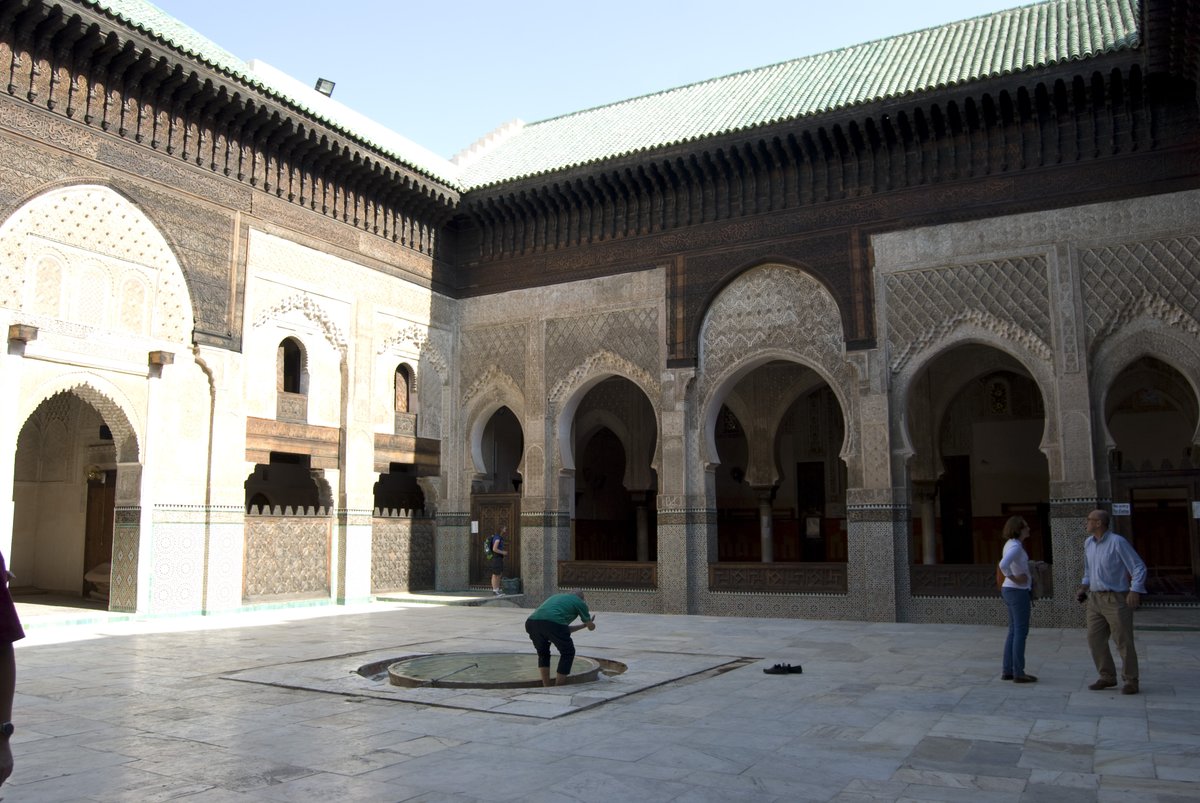
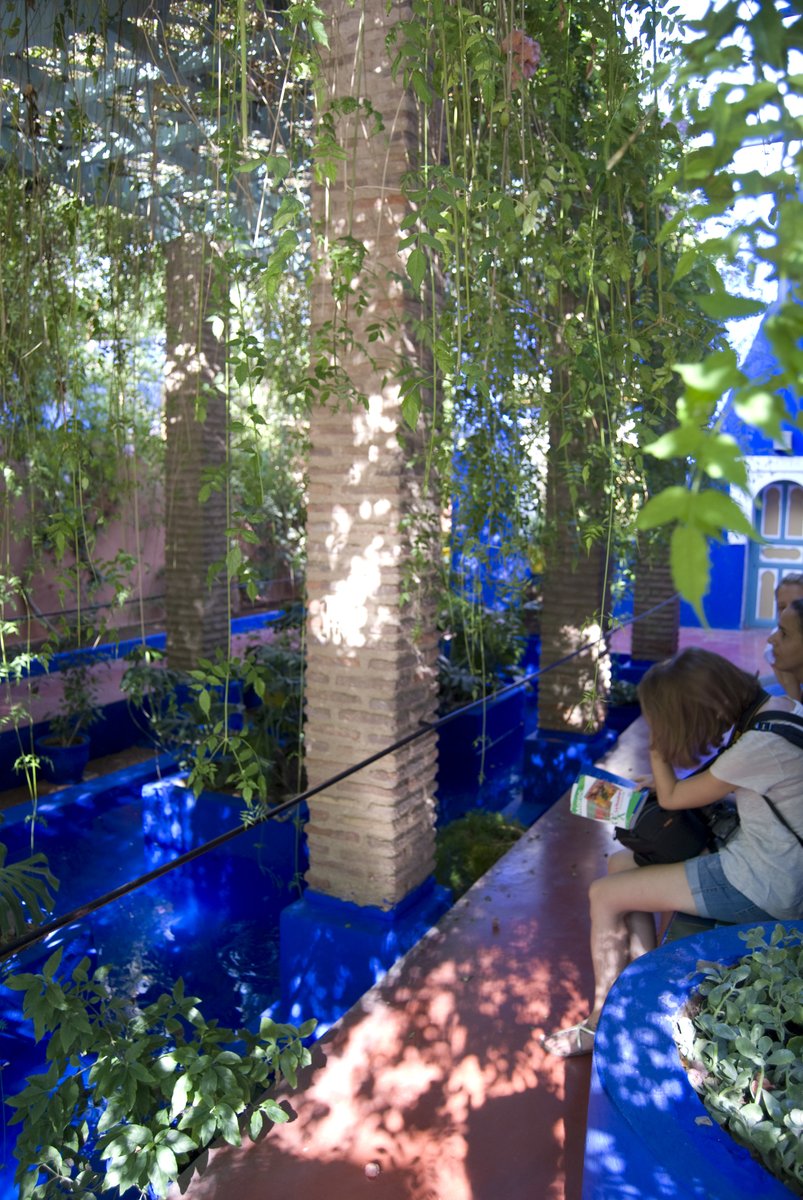
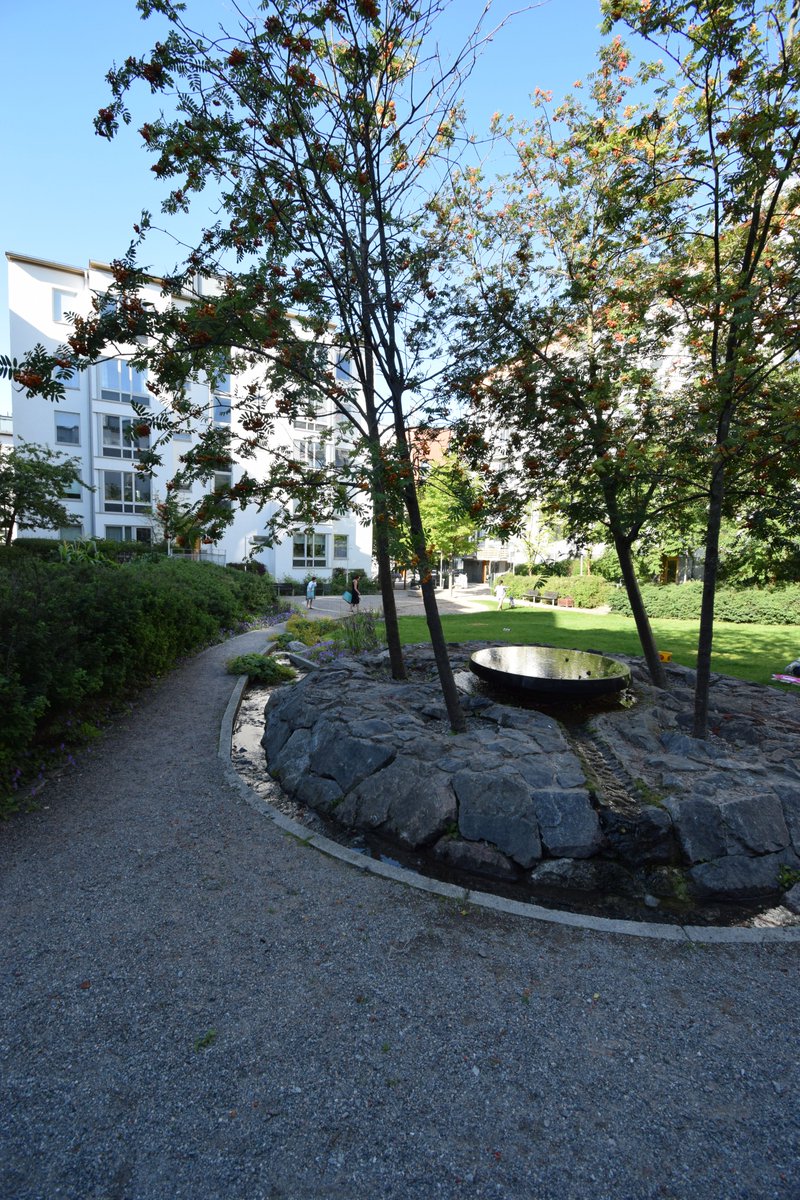
When it's hot people get exhausted faster and need more places to rest. Create places with good climate and make them attractive e.g provide internet, shade, icecream.
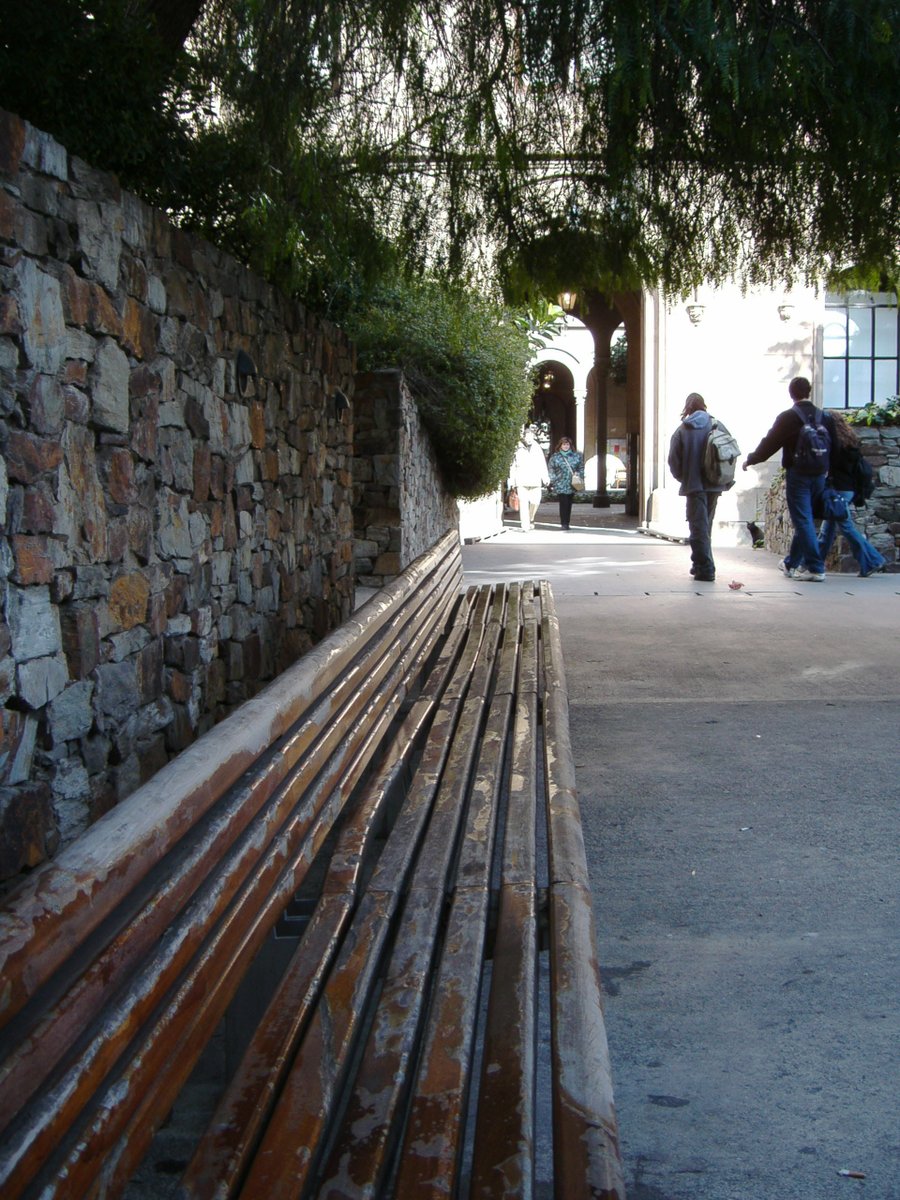
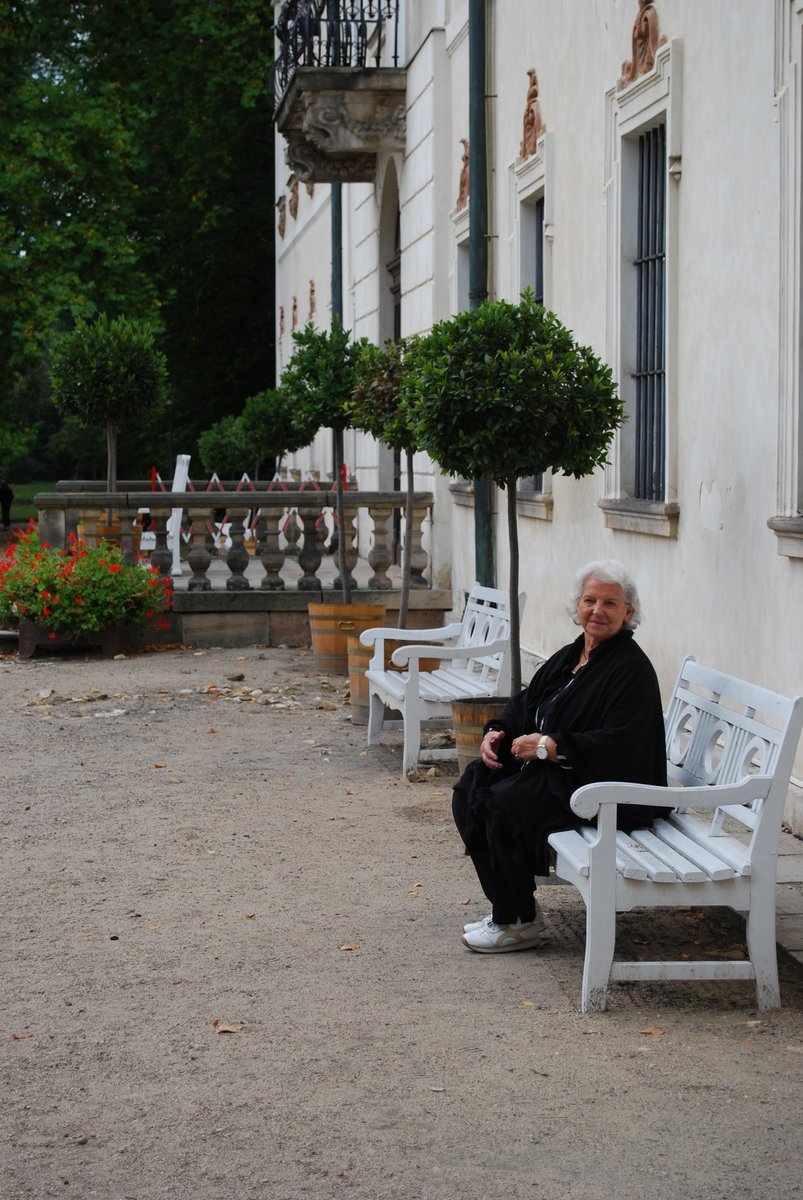
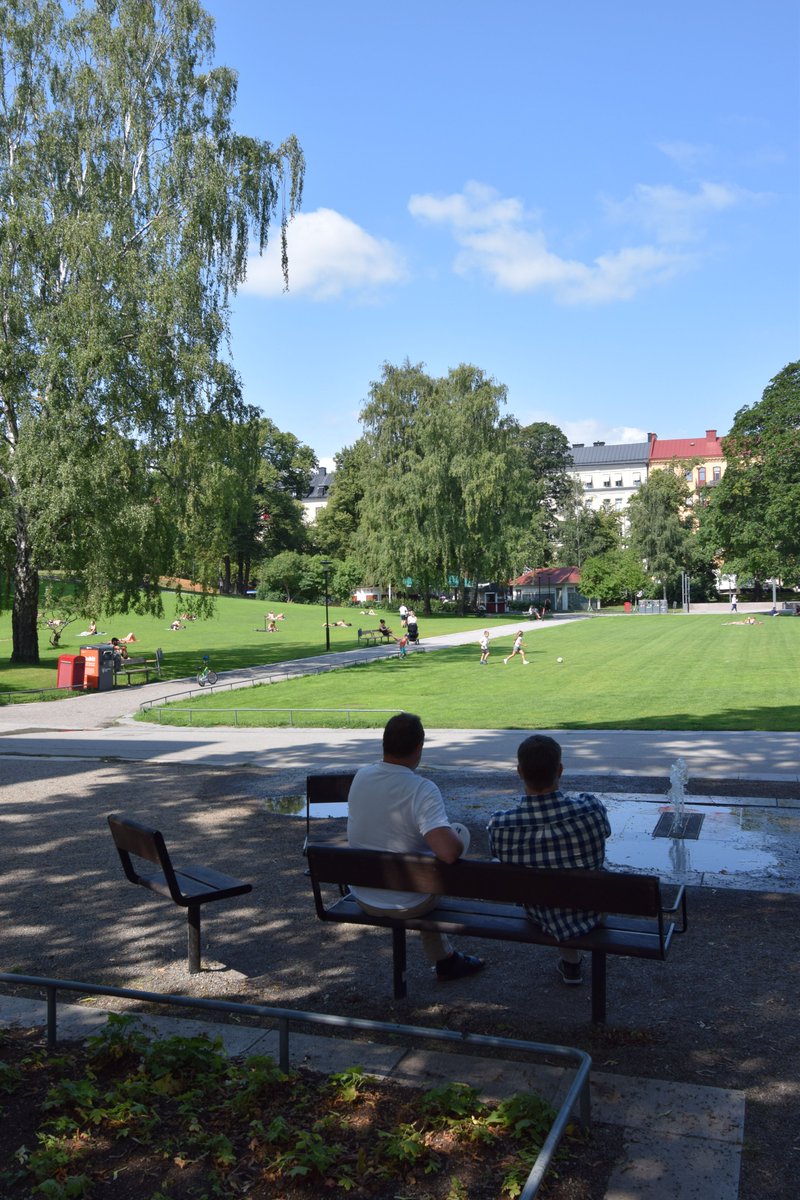
I love visiting churches when it's hot. A cold place to hide from the heat is good and should be accessible and free to stay. A coffe shop is nice but not affordable to everybody. I'd like to have alternatives to churches.
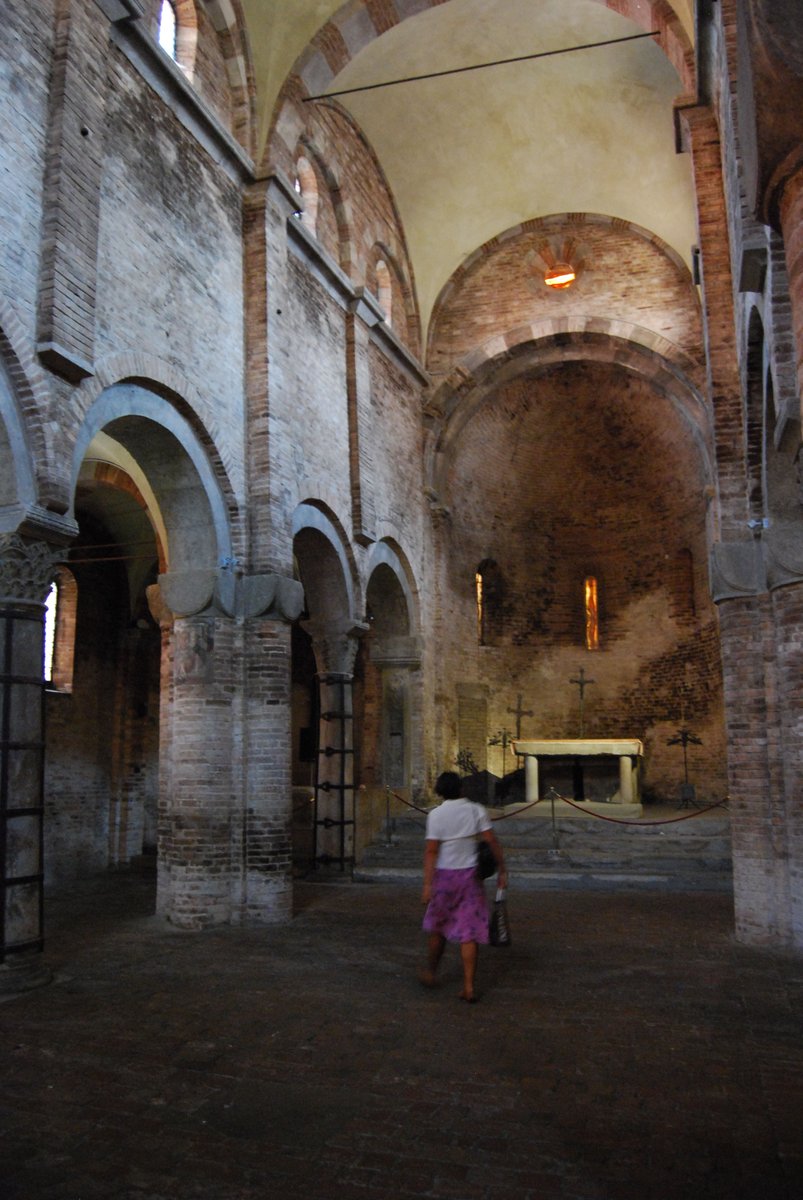
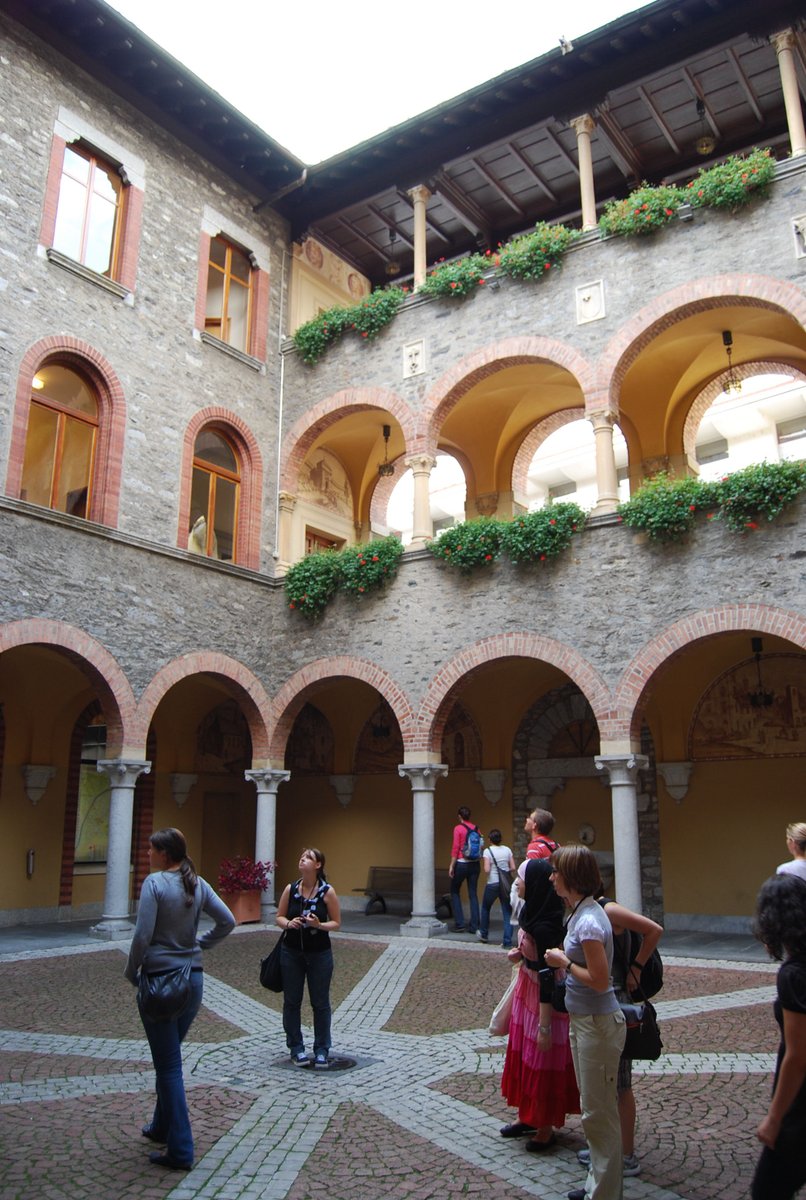
With no cars the smaller streets can be converted to greener and more social places much easier. Networks of small, green streets provide accessibility and coolness to many especially kids and elderly who can't drive.
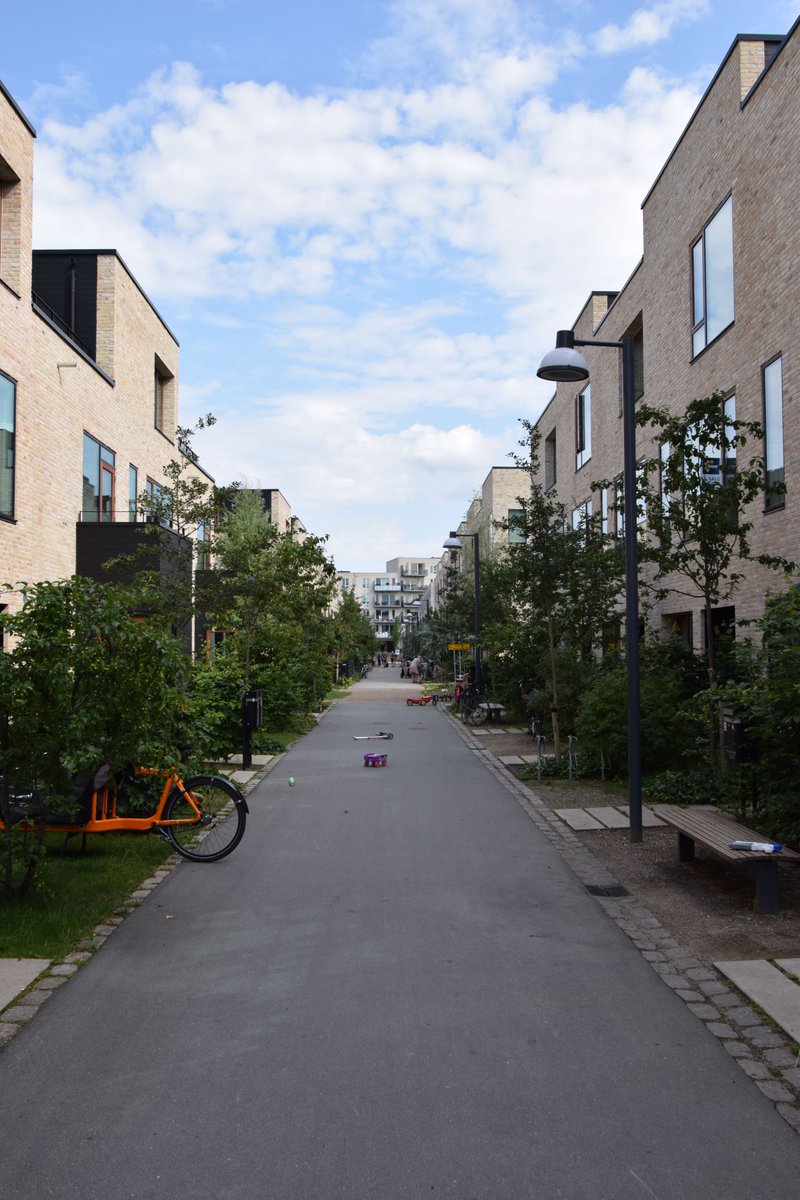
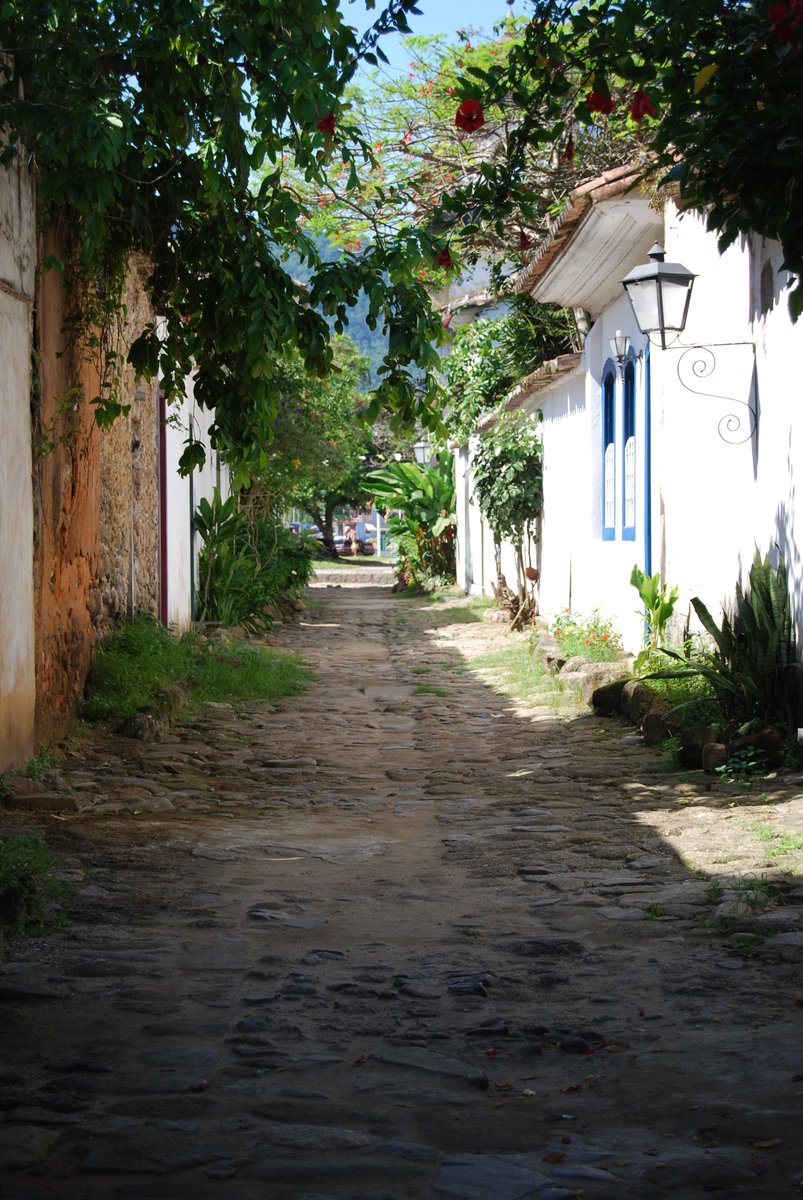
Don't round up cities and towns. Rather make green fingers find their way as far as possible into the city. Open green space may support an overheated centre with cold air. This way more people can leave the city too into nature easier.
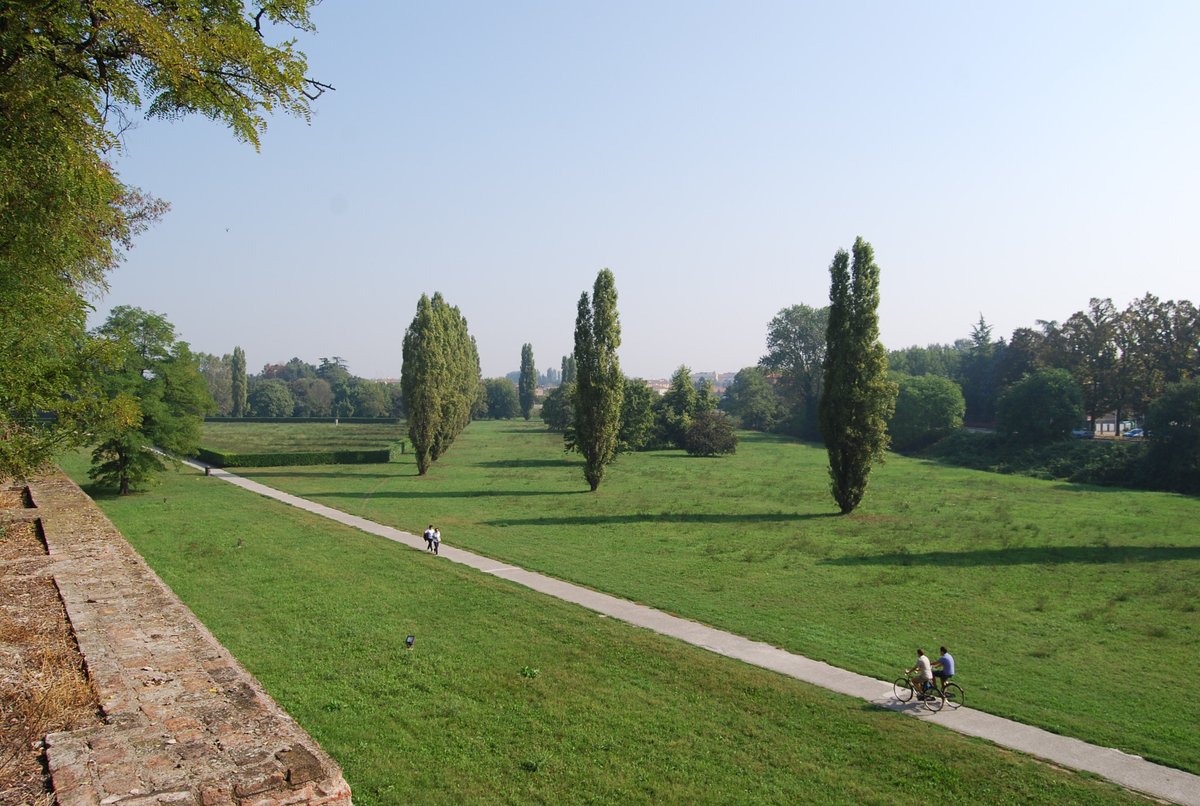
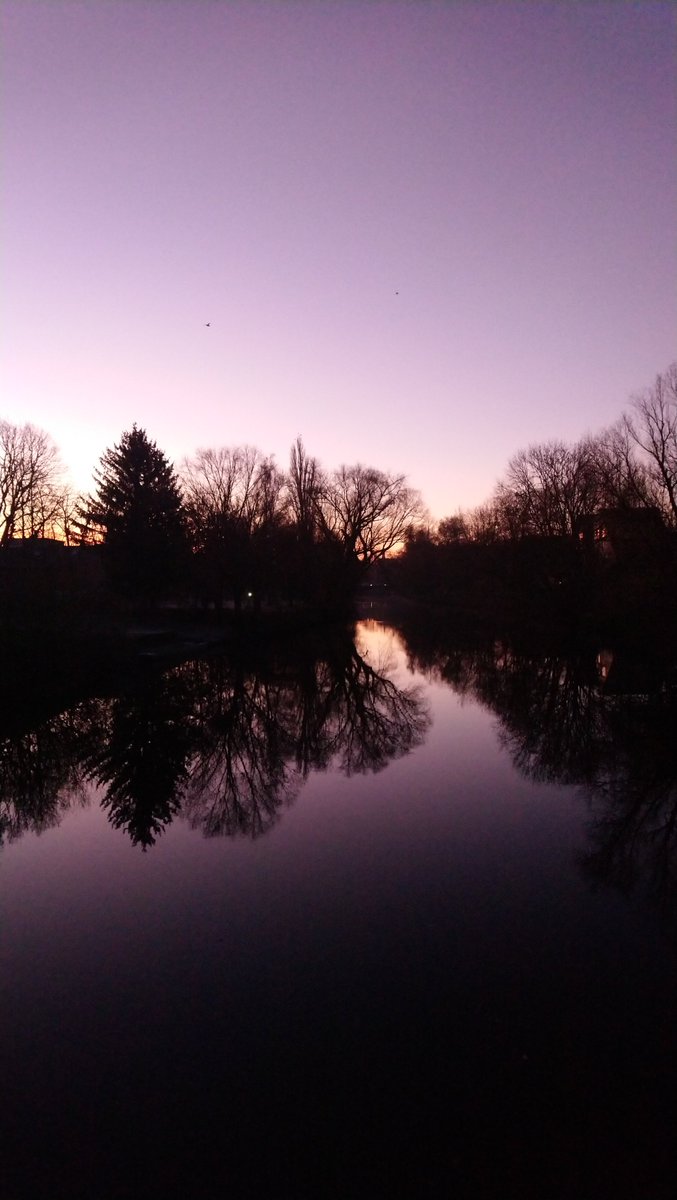
There is no way every place will be cozy all the time. Create places to escape and make them accessible.
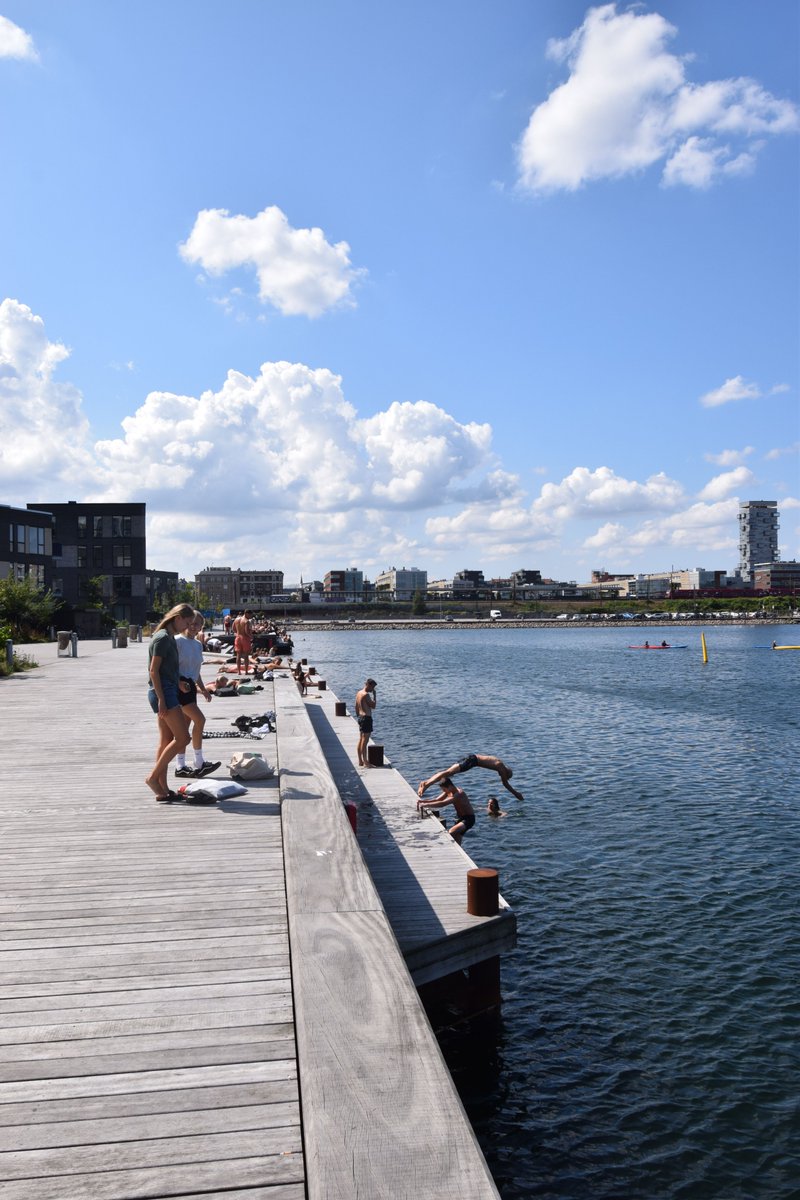
Density is THE key to all of this. The smaller a city is, the smaller is the heat-island-effect. Don't fall into the wrong idea that singele family homes with a lawn can provide a good climate. It's the opposite way, they make veryting worse.
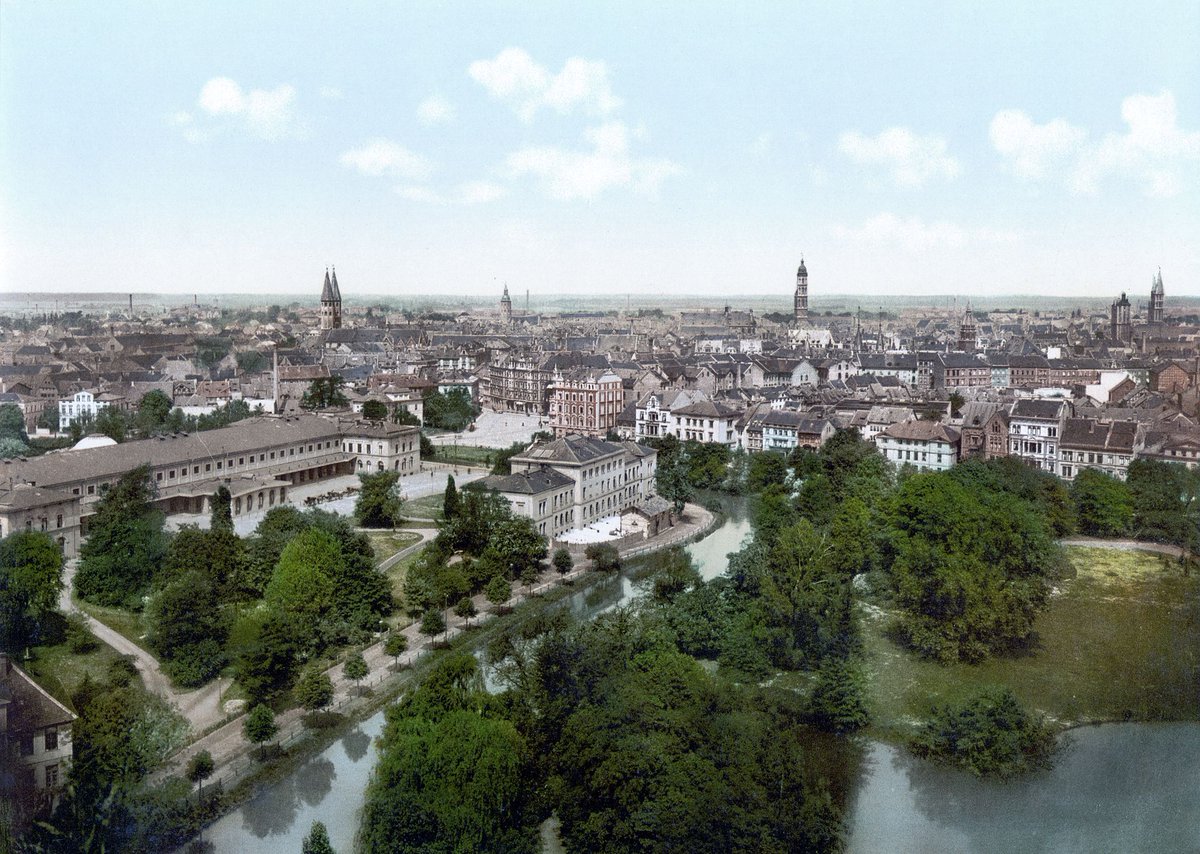
With high density a city can be compact. Therefore everything is accessible by foot, bike and public transport. Less asphalt means less heat. A more compact layout means that the border of the city is closer and therefore fresh air can drain it at night.


